Initially, I was planning to take two day trips from Prague: to Český Krumlov, a charming city frozen in time, and to Karlovy Vary (Carlsbad), renowned for its thermal springs; on researching it further, I realized that, unless I wanted to partake of Karlovy Vary’s mineral spring baths, there wasn’t really a good enough reason to spend a whole day there; so I re-dedicated that time to shopping for souvenirs. (Good thing! Shopping, apparently, is harder than it appears when someone else is doing it.)
For Český Krumlov, on advice from Rick Steves, I bought advance tickets for its main attraction – the Baroque Theater, and associated Castle Apartments. Not only that, but I also bought bus tickets for the nearly three-hour ride to and from the town: the admission would do me little good if I couldn’t get there!
The Baroque Theater in Český Krumlov Castle is one of only two surviving Baroque theaters in Europe (there were once hundreds; most were destroyed by fire). The only English-language tour started at 10 am, which meant I had to catch a bus at 7 am (or earlier). To get to the bus station, I had to take a tram. My immediate concern was: how do I pay for the tram? This was only my second day in Prague, and I hadn’t accumulated much change yet. Also, where is the stop, and what do I do on entry?
All those concerns were laid to rest by Petra, the apartments’ manager. The stop was two minutes away, you get on (she gave me the route number) and look for an orange box that accepts credit cards (MC/Visa) and issues timed tickets. Easy! And indeed it was.
I found my bus waiting at the bus station plaza. It was large, new, and very convenient. And it had well-functioning Wi-Fi for the entire duration of the trip!!! I was able to finish and post one of my “travel reflections” on the ride.
Not only that, but on arrival, I got very, very lucky. The marked destination terminal was a long way from the Castle, and I was very concerned about making it to the start of the tour on time (they don’t wait for stragglers!). Once the bus got to town, I started monitoring our progress on Google Maps. All of a sudden, the bus came to a stop at some intersection, and the driver opened the door. I happened to be looking at the map and saw that this unexpected stop was much, much closer to the Baroque Theater entrance! I sprinted for the exit.
The ticket specified that the tour started in the “5th Courtyard.” Which was not marked on any map I could find. I got to the closest point to the Baroque Theater indicated on Google Maps and saw a few other people there with uncertain looks on their faces; I ascertained that they were also looking for the mysterious “5th Courtyard” and were equally unsure. Well, misery loves company; we all waited for the appointed hour together, with more folks swelling our ranks.
Right at 10, a young lady with a giant key came to the door, unlocked it, and admitted us inside. The tour was on!
The guide led us into a dim auditorium. Then she turned on the stage lights, and it was theater magic time!
The stage couldn’t possibly be that deep! But I couldn’t tell where it really ended.
A typical theater costume was displayed on stage:
The auditorium matched the stage in opulence:
The balconies:
The royal loge:
The ceiling:
In contrast, the main floor (the parterre) only had crude wooden benches. Turns out, that was for the local farmers and townsfolk when they were invited, once or twice a year, to partake in the spectacle; the nobility sat above.
After telling us about the theater's history and operation (which requires quite a bit of restoration and maintenance), the guide took us below the stage to show how the changes of scenery and the appearance and disappearance of the actors were arranged. All the machinery must be functioning because the theater is still used for occasional performances!
Wheels like this:
, engineered for torque, are connected to a system of axles, pulleys, and ropes:
, to quickly change the scenery above.
It was a veritable forest of wooden machinery!
With all the candles needed for operation and stage lights, no wonder these things went up in flames at every opportunity!
The next English-language tour, of the Castle Apartments, started at 11 in a different courtyard. Once inside the Castle proper, it was easy to find: some of the courtyards are arranged in sequence, and they are marked with Roman numerals. Here’s Courtyard III:
As you can see, it even has benches! (BWT, the walls are painted to resemble a stone-laid pattern.)
The tour of the castle interiors started in the Royal Chapel:
Then we proceeded through many rooms and halls dedicated to various purposes.
A private dining room:
A game room:
Many rooms have bear rugs on the floor:
(The castle also features a live bear pit, but I declined to go there afterwards; didn’t seem like a good tradition to perpetuate.)
Royal vestments are exhibited for atmosphere:
Here’s a little “helper kitchen” to sustain important guests while they waited for an audience:
Here’s a more formal dining room:
They did a good job laying everything out as though the guests were about to step in:
Some of the furniture is exquisite:
A separate room for desserts or digestifs (if I remember correctly):
Don’t these treats look good enough to snatch?
I liked some of the ceramic stoves:
Science room:
A little conversation nook in one of the ballrooms:
The ballroom overall:
Lovely details:
Another ballroom (used for receptions as well as celebrations):
Some of the castle windows offer nice views of the town:
Even better views were available from the passageways leading from the castle into town:
The name of the town literally means “the bend in the river,” the river being the same Vltava that flows through Prague. Rick Steves’ guidebook recommends canoeing and rafting on the river as the top activity in town! I saw at least one raft, most likely after such an adventure:
A bridge with passageways connecting different parts of the castle:
The Castle Tower:
(You can see the rafts on the bottom right)
From a little closer:
Here it is from yet another perspective, with a good bit of town in between:
, and closer up:
I meandered through the town, loosely following Rick Steves’ Town Walk, until I saw this sign:
It was time to eat! Of course, I couldn’t just go to the first café or restaurant that was nearby; oh no, I had to choose an authentic, well-reviewed restaurant. Unfortunately, many other tourists had the same idea; without a reservation (I keep telling you and telling you, nowadays you need advance reservations for everything!), the waitress just barked at me, “Wait on the street.”
There was already a line of forlorn, hungry-looking tourists clumped there, across from a line of rough picnic-type outside tables that were our only hope.
The timing couldn’t be worse: the folks at the picnic tables either just ordered or were about to order their food; we’d have to psyche them out into eating fast, that was the only strategy.
But Providence provides; that is its main purpose. Soon enough, a four-person table opened up. An Asian couple a few places up from me were next; I volunteered to keep them company, and took their confused stares for agreement. It didn’t take me long, after we sat down, to figure out that they couldn’t really speak English. Nevertheless, thanks to the wonders of modern technology (thank you, Sergey Brin (Google Translate) and Steve Jobs (cellphone)), soon enough we were chatting up a storm. Turned out, they were from Korea, on their honeymoon! And what nice, sweet young kids!
They were totally amazed by the length of my itinerary; especially when they found out how old I was (I think they wouldn’t have been more surprised if I said a hundred and fifty! It was obvious that to them, it was a miracle that I was even upright at my advanced age😲) In the end, I bought their lunch as a present for their honeymoon, and they took my picture:
After lunch, I continued the Walk, which eventually brought me to a bridge with lovely views of the town:
And then I heard the couple hailing me. They wanted to thank me again and take our picture together to post on Instagram. They asked me what my “handle” was; of course, I had no idea. But afterwards, they sent it to me via the old-fashioned method, email:
To me, again, this is what travel is all about: meeting wonderful people from all over the world, establishing human connections despite linguistic and cultural differences.
There was plenty of time left before my bus back to Prague, so I decided to pay a visit to the St. Vitus church, a National Cultural Monument dating to the 1400s (we saw its pretty bell tower in a previous picture:
For some reason, I neglected to take a closer photo of its exterior, but its interior certainly makes up for it:
Altar:
Pulpit:
A tomb of Wilhelm von Rosenberg, an important Czech nobleman:
I started walking in the direction of the bus stop when I heard music coming from one of the town plazas. When I got there, I discovered a lovely scene: a succession of local bands were performing in an enchanting plaza to a mix of locals and tourists. I don’t know what the occasion was, but I was absolutely charmed and spent a good couple of hours there.
I did a 360 video while the town band was playing… well, see for yourself, it will be a nice surprise:
What a wonderful occasion! Those serendipitous moments enrich travel so much.
The column in the middle of the plaza is a gesture of thanks to the saints for the end of the plague that struck Český Krumlov in 1680–1682. In the niche is a sculpture of the Virgin Mary Immaculata:
That was my last picture of Český Krumlov. It was high time to get on the bus back to Prague.
Prague Concerts
There are two main venues where operas are performed in Prague: the National Theater and the State Opera. I bought an advance ticket to the Flying Dutchman at the State Opera. There were only Czech-language plays at the National Theatre while I was in Prague; yet it was described as a must-see building. So I bought a tour of the theater’s interior.
The tour started normally in the lobby:
However, when the guide tried to lead us into the auditorium, she discovered that there was a rehearsal going on on the stage!
Turns out, one of the stars was out sick, and the understudy had to fill in for that night’s performance; she needed to rehearse with the troupe before the show.
The guide had to take us up to the top-level balcony so we wouldn’t disturb the proceedings. The scene they were rehearsing was intense; there was a lot of emoting and drama, and it provided an exciting backdrop to our visit.
The auditorium was indeed richly decorated:
(This loge was originally for nobility and royalty; after the “Velvet Revolution,” it was reserved for Václav Havel, the first President of the democratic Czechia. Well, in reality, the loge is not ideal for watching the performances - it is way off to the side, with part of the stage obscured. So, according to the guide, during the first act, Václav Havel would spy an empty seat on the main floor and make his way there for the rest of the performance.)
Next, the guide took us to the terrace on top of the theater that features a whole row of statues of Apollo and the muses:
It also features two bronze groups of winged genii (representing inspiration or genius) driving a chariot; the whole ensemble symbolizes the triumph of art and culture:
I also liked the gilded topper on the very peak of the roof:
The terrace allowed a very nice panorama of the Legion Bridge (Most Legií) and the Old Town (our old friendly landmarks are there, Petrin tower on the left and St. Vitus Cathedral and the whole Prague Castle complex on the right).
We concluded the tour in the beautifully decorated and painted intermission lobby:
After exiting, I caught the side of the Theater building:
A few blocks over, I was startled to see this plaque:
Turns out, on that day, around fifteen thousand students and other protesters gathered to commemorate the 50th anniversary of a 1939 student protest that was brutally suppressed by the Nazis. Of course, the Communists followed the lead of their ideological brethren and cracked down on the peaceful demonstration.
Since then, November 17 is commemorated as Struggle for Freedom and Democracy Day in the Czech Republic and Slovakia. In 1989, it was a pivotal moment that led to the peaceful overthrow of the communist regime within six weeks, earning the name "Velvet Revolution" because of its nonviolent nature.
Der fliegende Holländer
The Flying Dutchman beckoned, and I hastened to the State Opera house.
The lobby was decorated in my favorite style, Baroque gold on white:
Gladdens my heart!
The auditorium was equally impressive:
Every seat had a screen displaying Czech and English translations of the libretto. Incredibly useful!
The production… Well, it was very similar to Don Carlos in Budapest: anachronistic, minimalistic, and ultimately hollow – another example of schtick without purpose.
The entirety of the opera was staged on the same set, which consisted of a round, rotating platform tilted to one side. As it rotated, the action moved closer or farther up from the stage floor. The costumes… well, see for yourself:
The cast of multitudes (same as in Budapest) was unnecessary (IMO). Again, the voices were splendid, and the singers did an admirable job acting and performing. The orchestra did equally well. I just wish it were in service of something more inspired than modern schtick.
After the performance, I walked out onto the Wenceslas Square (Václavské náměstí) and was able to, finally, take a decent picture of the beautiful National Museum building:
The whole square is under construction, and it had been impossible to find a place from which to take a half-decent picture.
The Classics Spectacular in the Mirror Chapel
The next day, I had tickets for the Classics Spectacular in the Mirror Chapel (Zrcadlová Kaple), a notable Baroque chapel located within the Klementinum (Clementinum) complex in the Old Town.
Like the concerts I went to in Vienna and Budapest churches, this one lasted an hour and consisted of “classical hit parade” war horses: selections from Mozart’s Requiem and Verdi’s operas, Pachebel’s Canon, Bach’s Toccata and Fugue in D minor, and such, performed by church organists and musicians from local orchestras who wanted to earn some extra cash.
Prague had a thick catalogue of such concerts, seemingly at each church and synagogue, multiple times every day of the week. Still, due to the press of tourists, most were sold out hours or days before.
At first, I was dubious of their value; however, after attending a few in different venues, I realized that it was a very good, positive thing: first, it keeps classical music and beautiful architecture in front of people; second, it gives the folks an opportunity to see places they may have not gotten to otherwise; third, it supports the local music scene; and finally, the concerts were enjoyable! The musicians were often superb (or at least highly competent), and one cannot listen to Beethoven’s Fifth or Bach/Gounod’s Ave Maria too much! (at least, I can’t 🤓)
The chapel itself is spectacular:
And it was managed very well: at exactly six, the doors were closed and locked, and a general hush descended on the audience for the duration.
Great Music in a Great Space
I attended another concert, also at 6 pm, at St. Nicholas Church in Old Town Square. Originally built as a Catholic church in the 1730s, since the 1920s it has been the main church of the Czechoslovak Hussite Church, founded here to continue Jan Hus’s legacy. (Jan Hus was a Czech theologian and reformer whose ideas prefigured the Protestant Reformation. He was burned at the stake in Germany; his death ignited the Hussite Wars in the 1400s, which eventually secured concessions from the Church.)
I showed its exterior in the prior post:
Inside, it was even more beautiful:
Details:
The dome:
The chandelier:
More details:
And here’s the program:
Incredibly enjoyable!
Final Reflections
As I keep shouting in my headers, I loved Prague! I wish I had a month there – I’m sure I wouldn’t run out of things to do, food to eat, and places to see.
It surprises and delights pretty much at every corner. On one of my long strolls, I was in a small plaza, and I saw a particularly pretty building. As I was taking out my camera to snap a picture of it, I saw another one. And another. And another. I was surrounded by beauty! All I could do was to turn around in place and take it all in:
It’s just unbelievable, isn’t it?
I encountered other surprises, too. Take a look at this:
Scrumptious, ain’t it? If I didn’t already have dinner reservations that night, I would have stopped by for sure.
On another day, returning from my souvenir shopping spree – it was already getting dark – I saw a group of young people spilling out of some café or bar. They were singing and dancing, going to their next destination. What an infectious joie de vivre! And Prague is full of life, full of youth.
Until recently, Czechia led Europe in fertility; although it declined precipitously in the last couple of years, a strong cohort of young people is still emerging, livening things up, especially in the big city. Plus, students from all over the world are here, attracted by a relatively lower cost of living! It’s still a city with a joyfully beating heart.
A beautiful city, preserving its past, yet focused on the future.
Ať žije Praha!



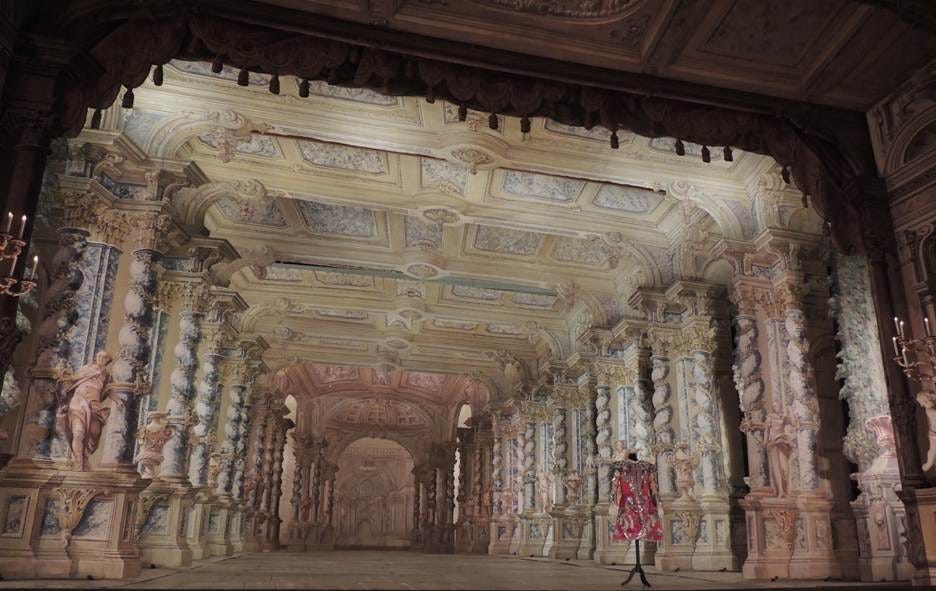
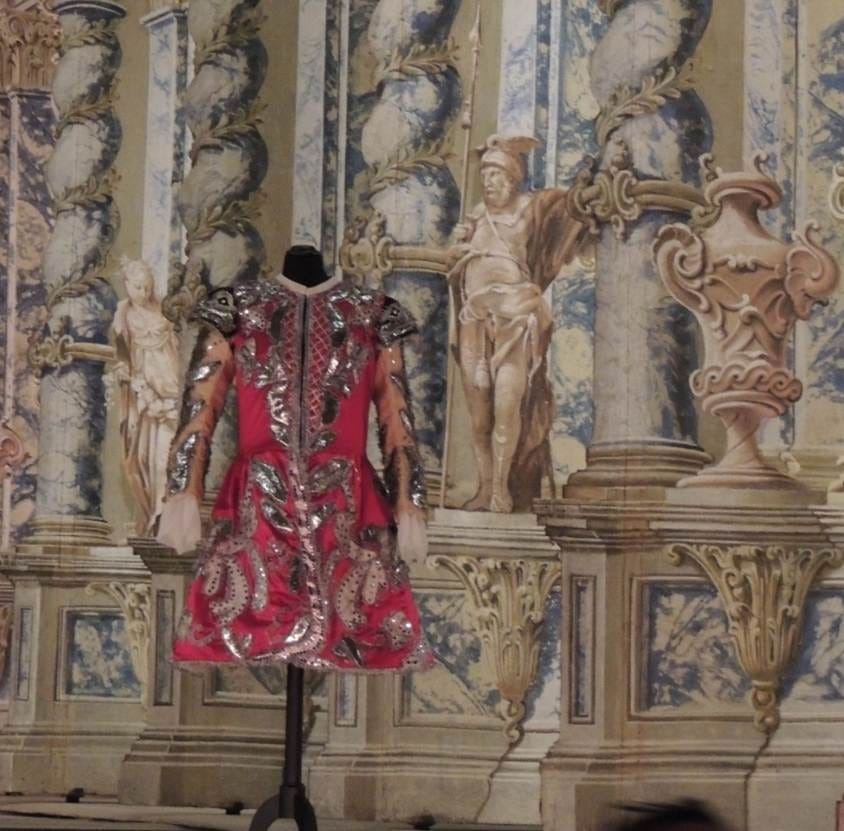
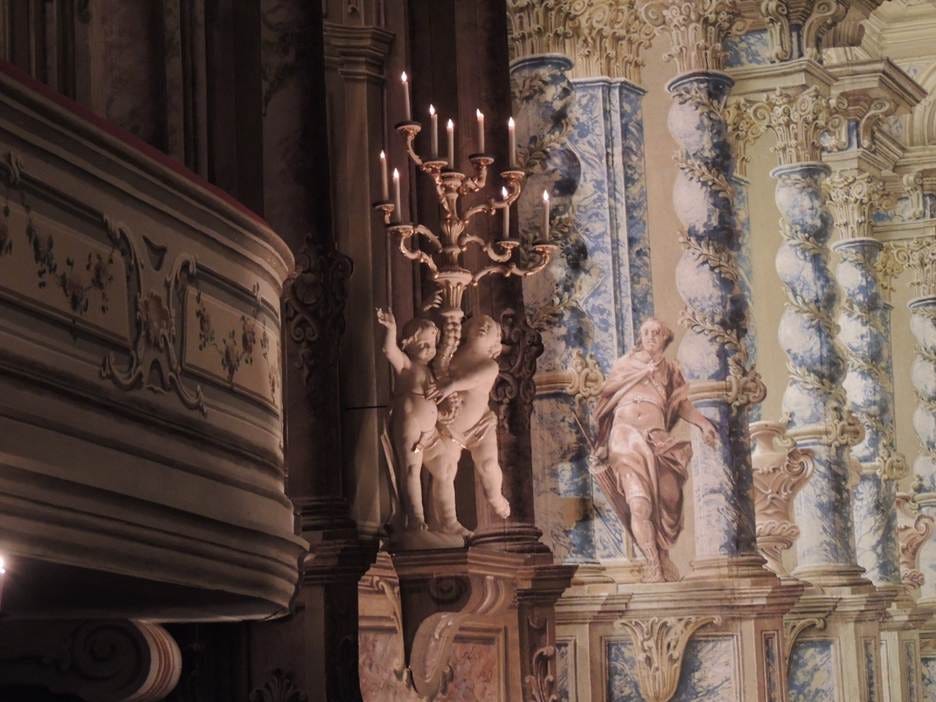
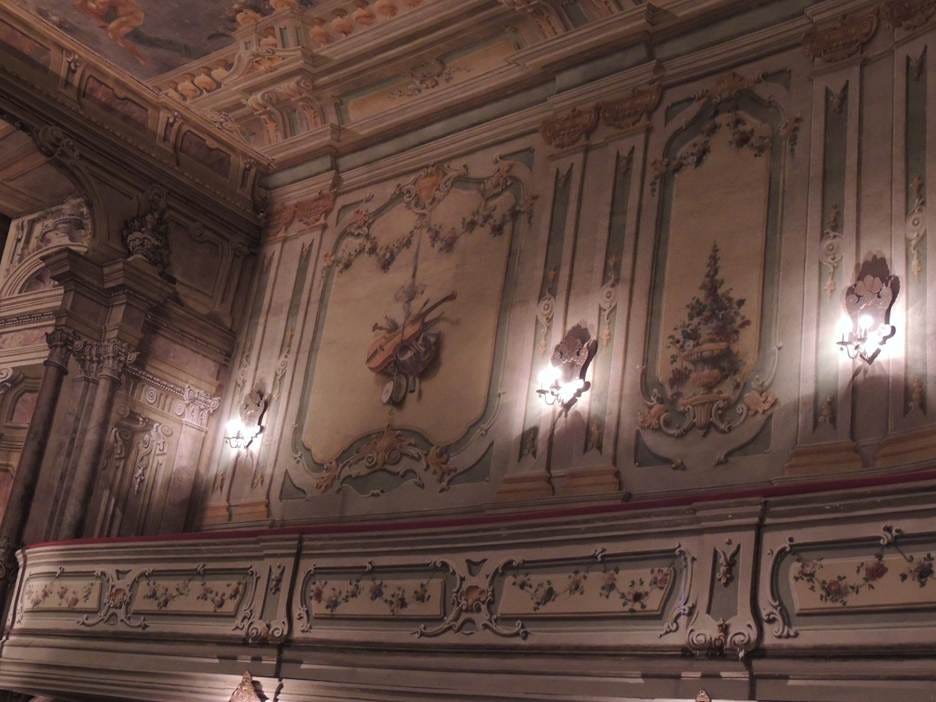
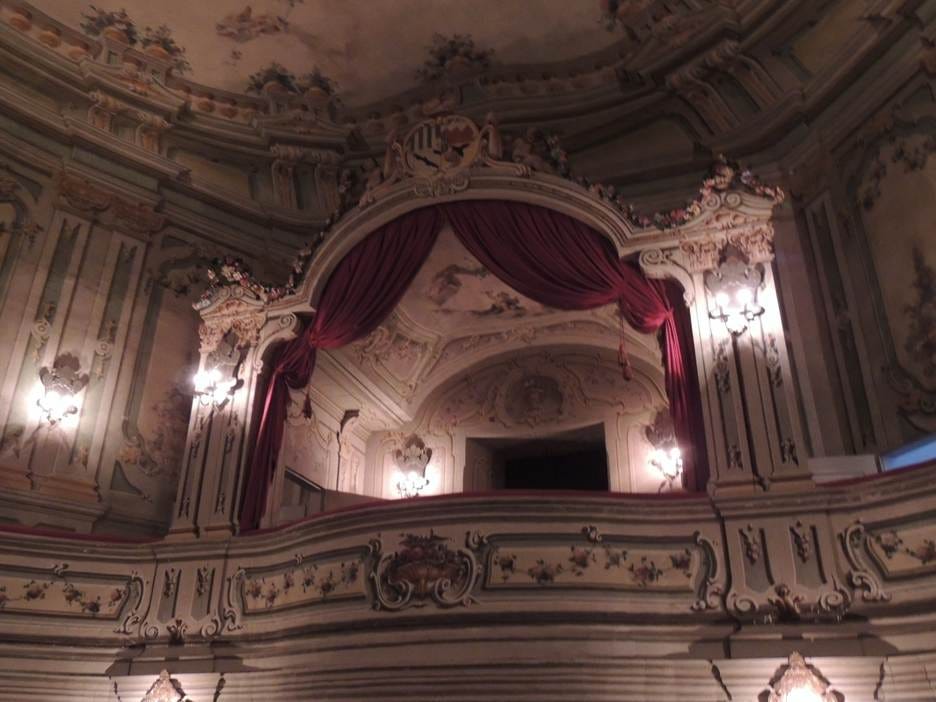
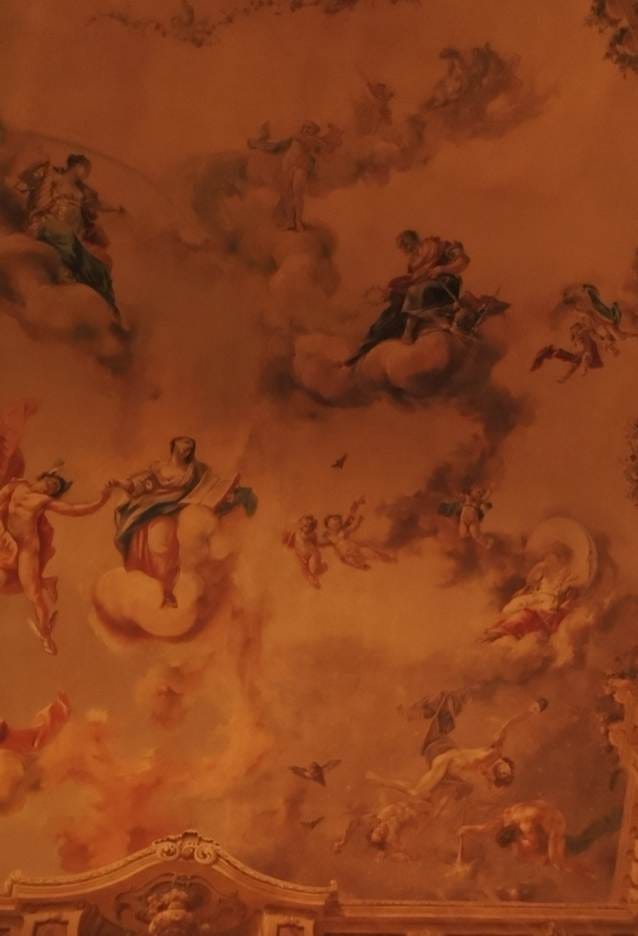
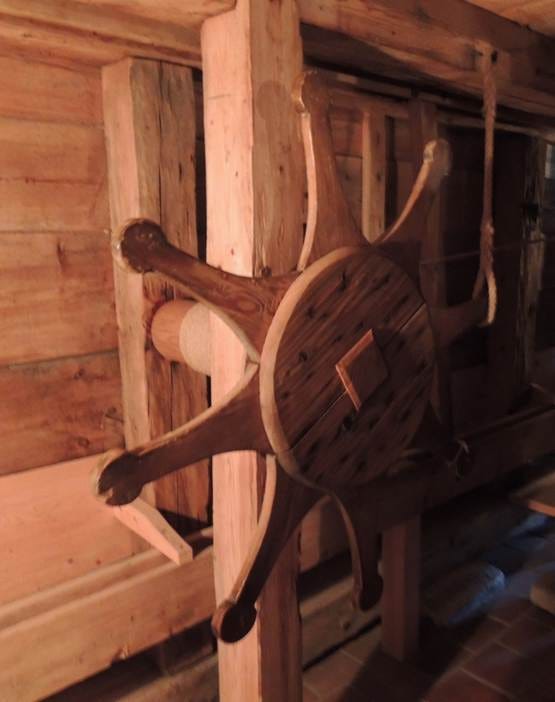
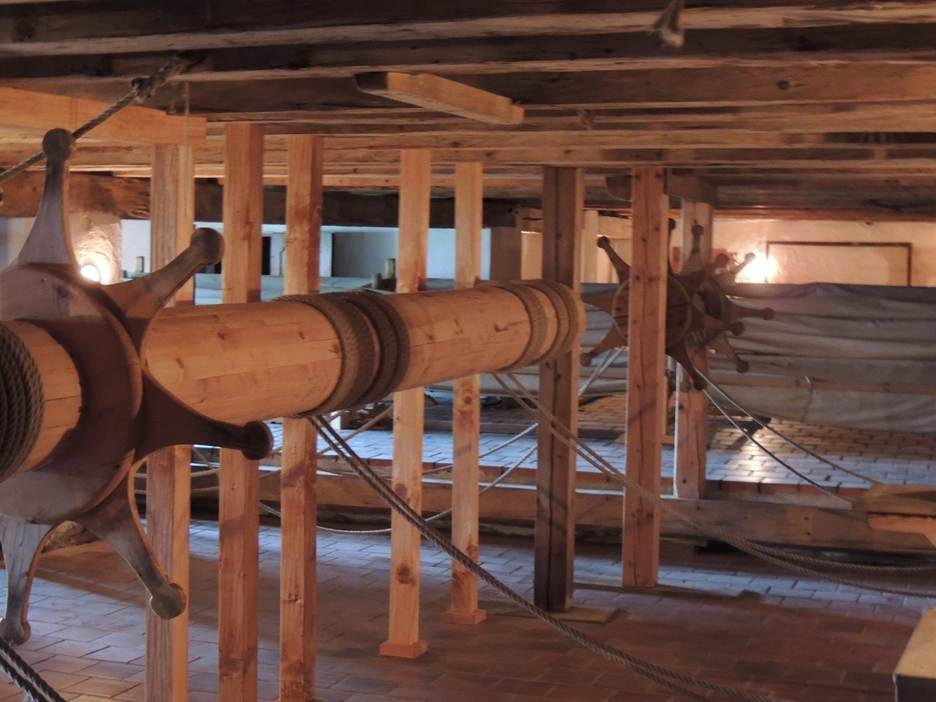
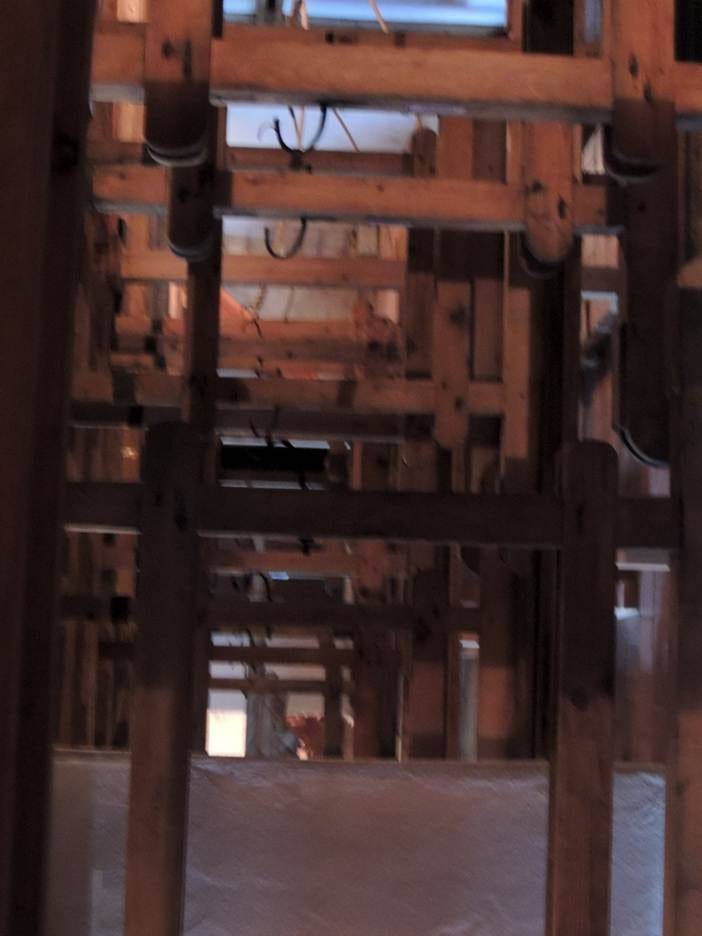
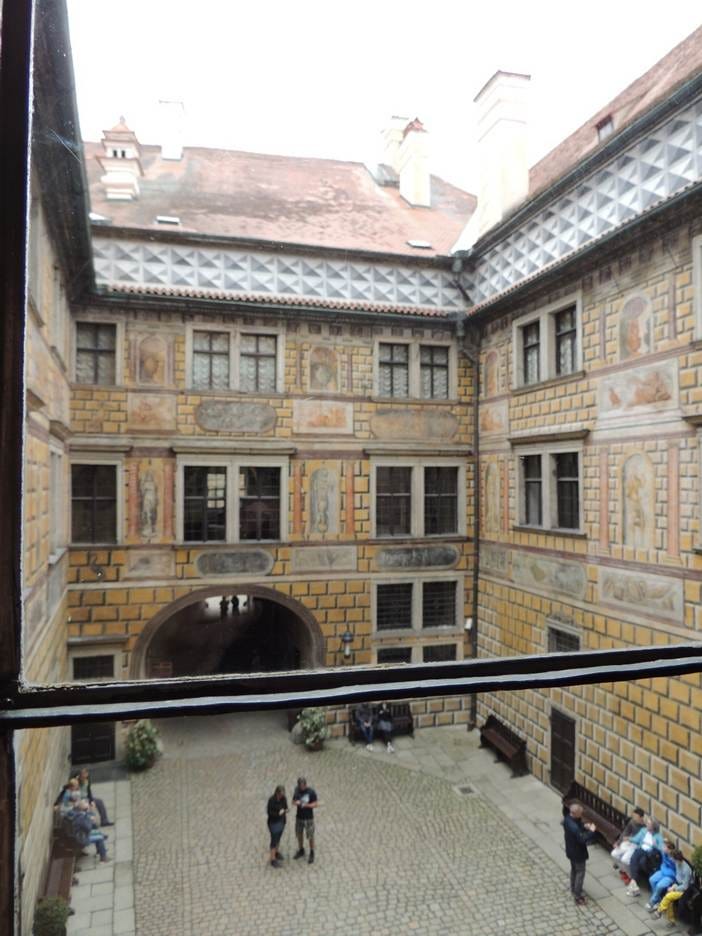
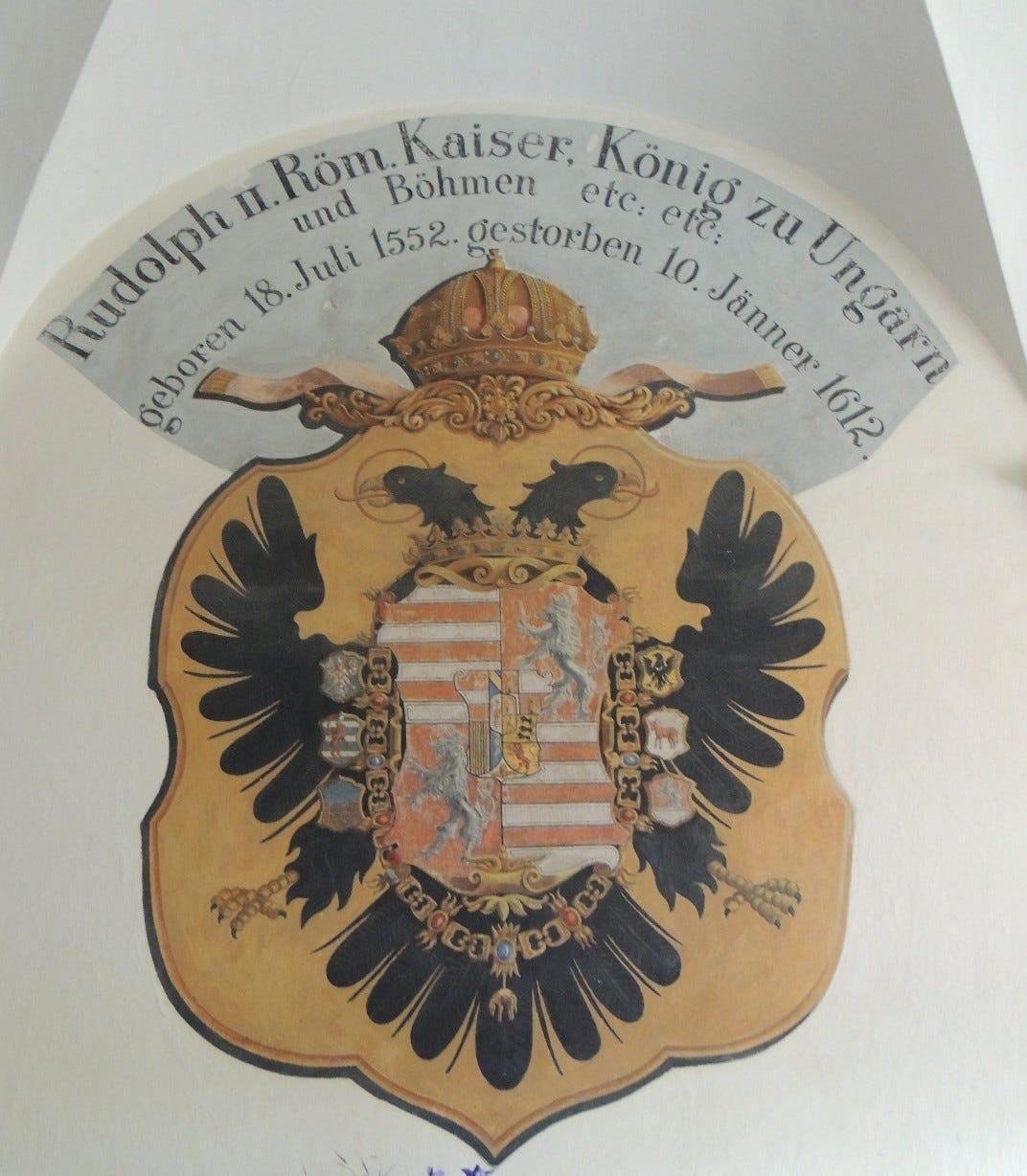
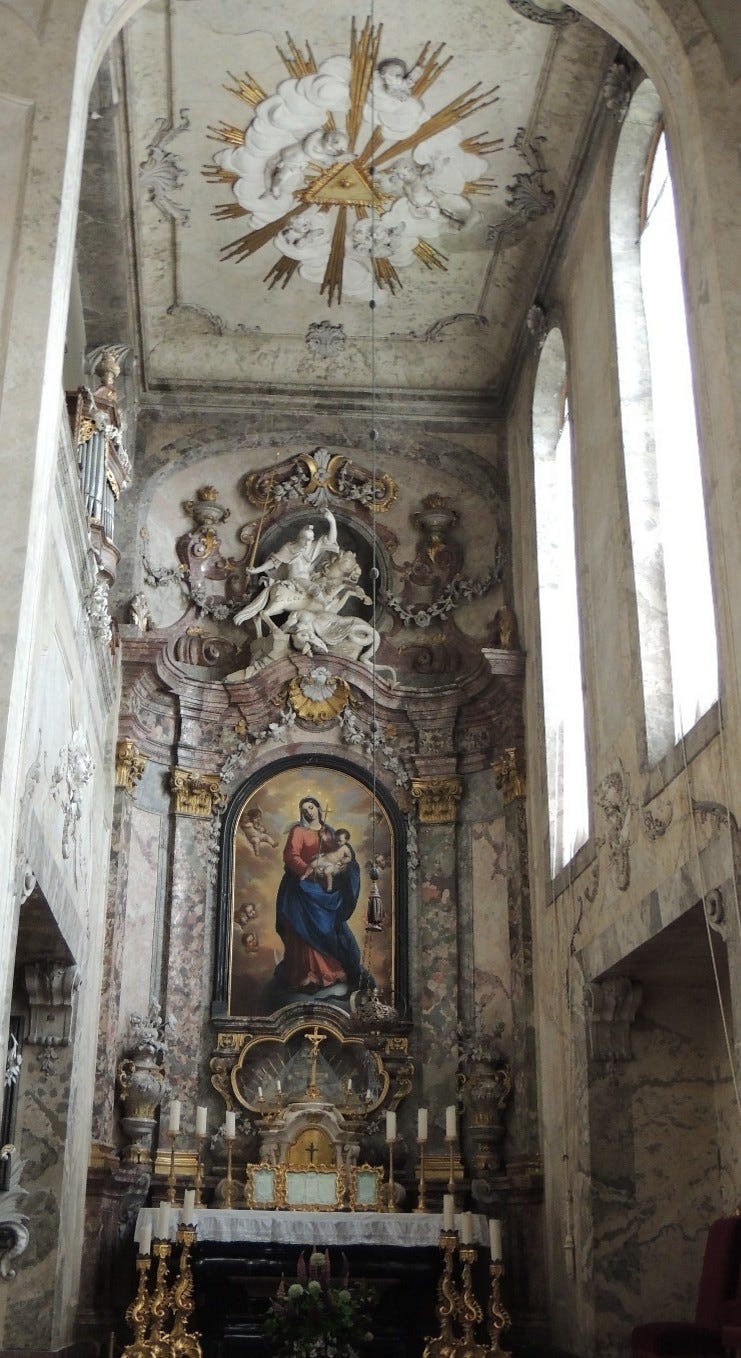
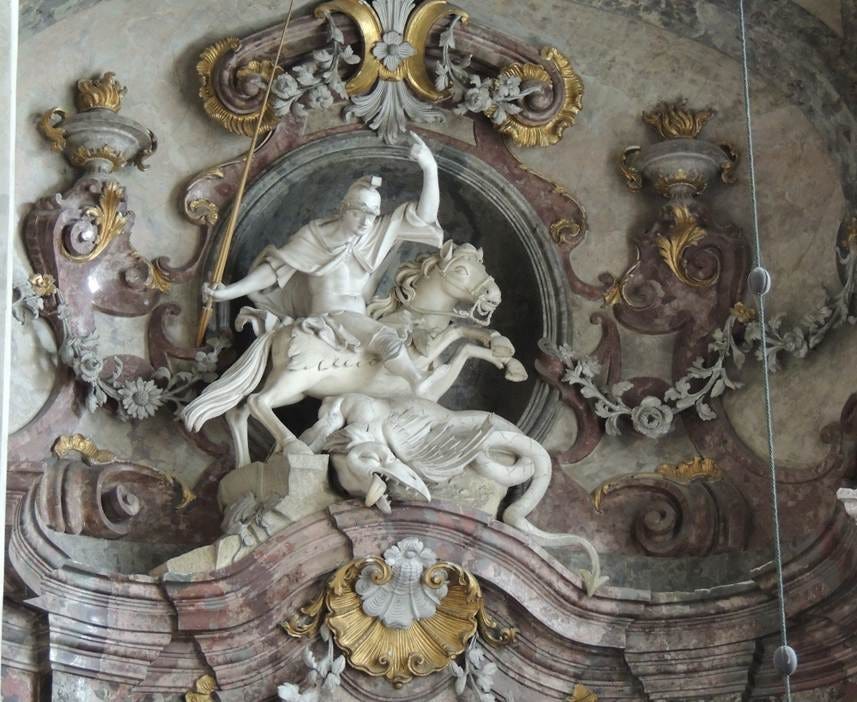
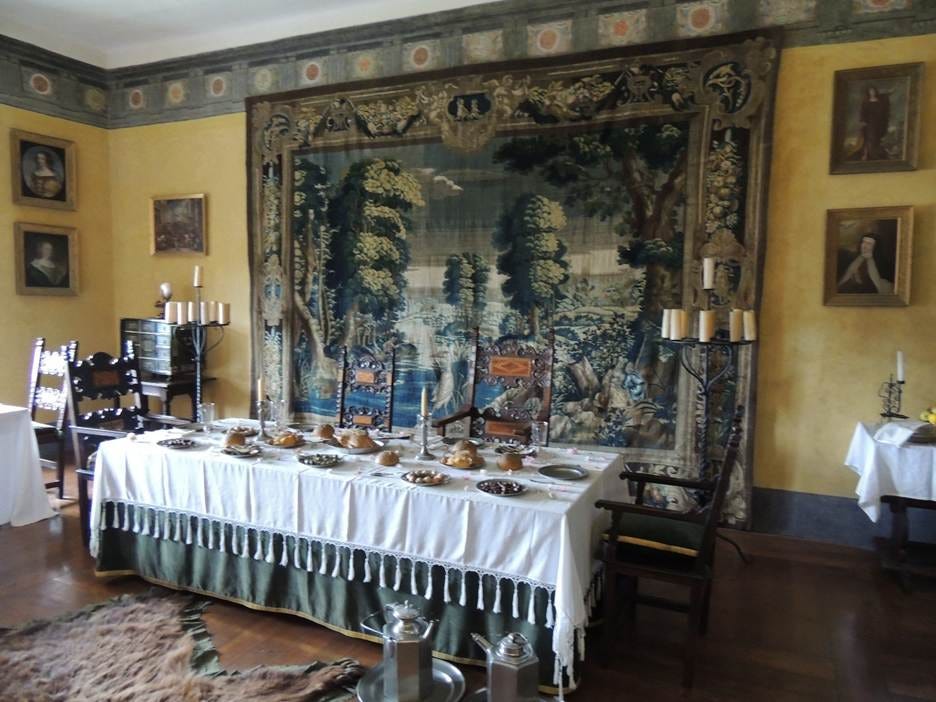
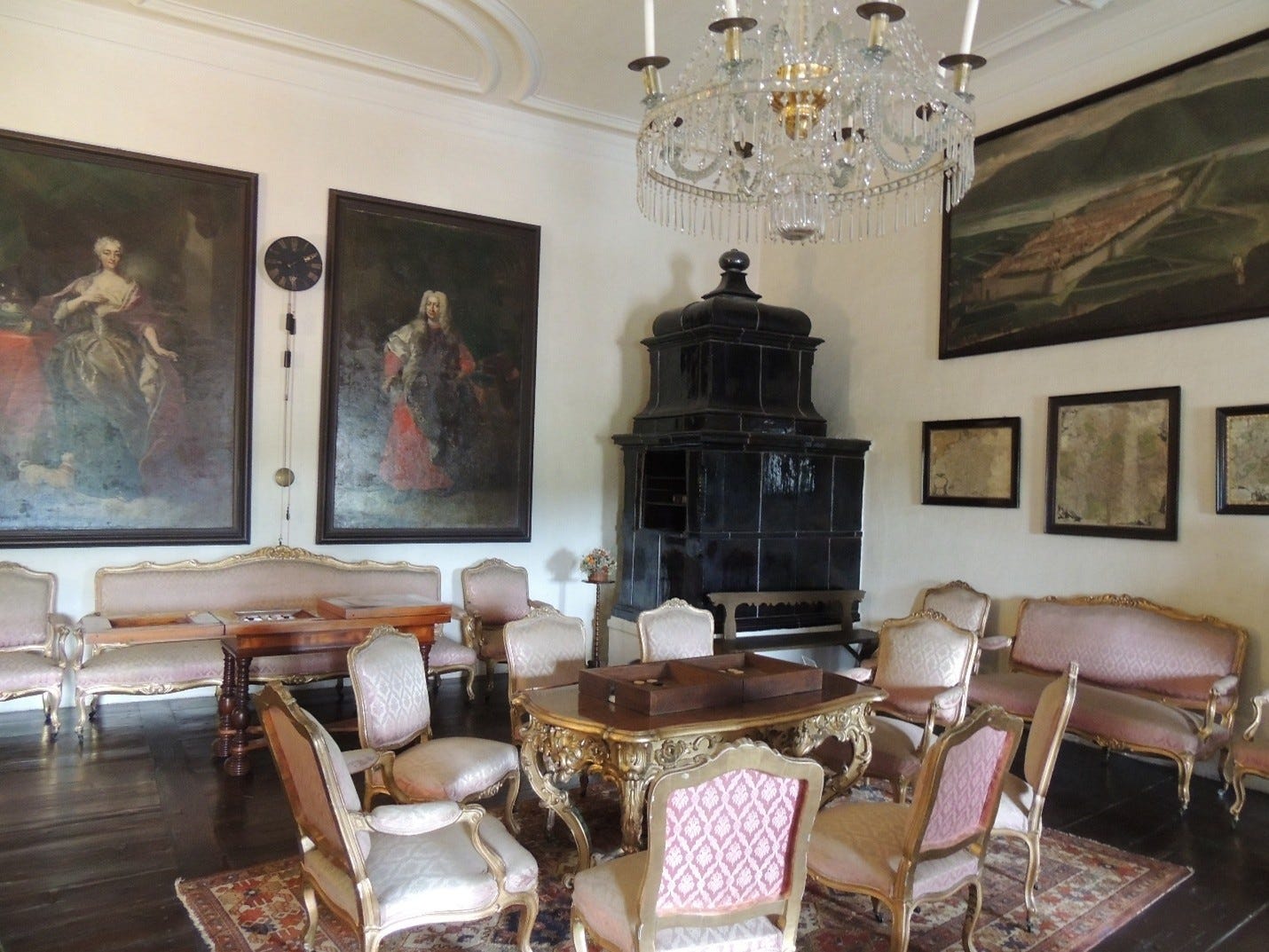
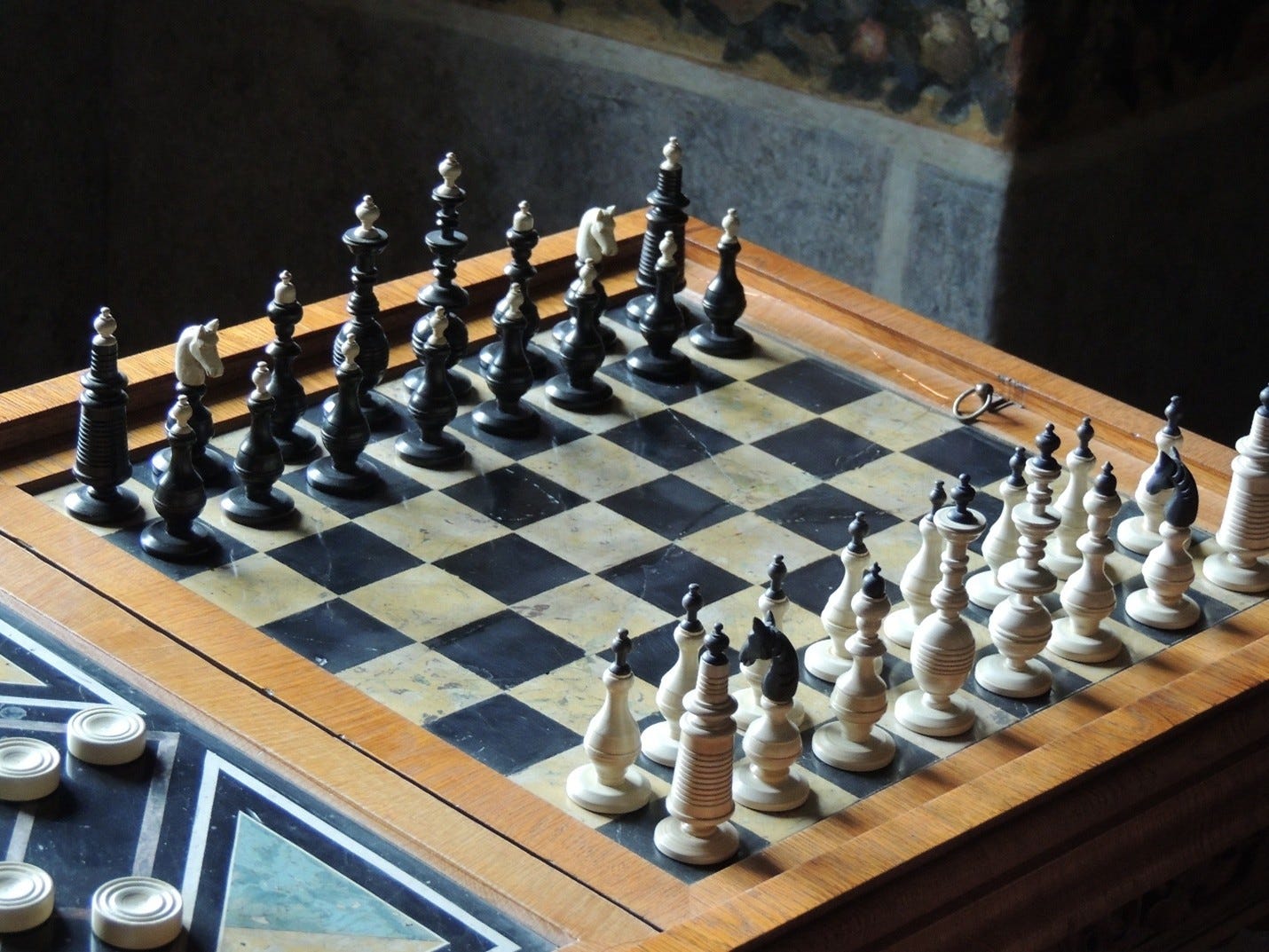
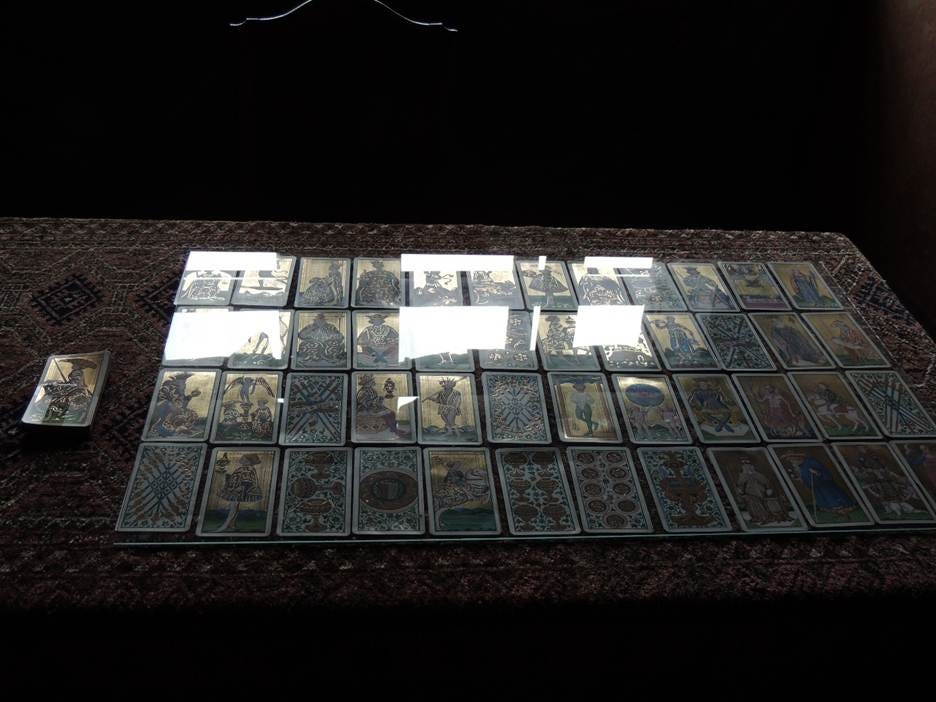
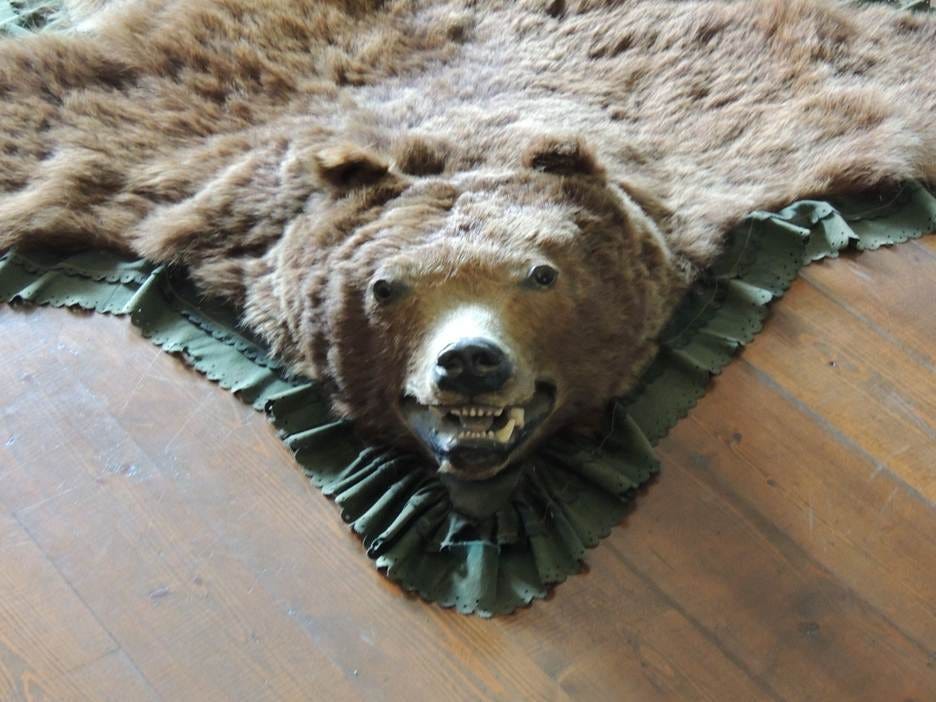
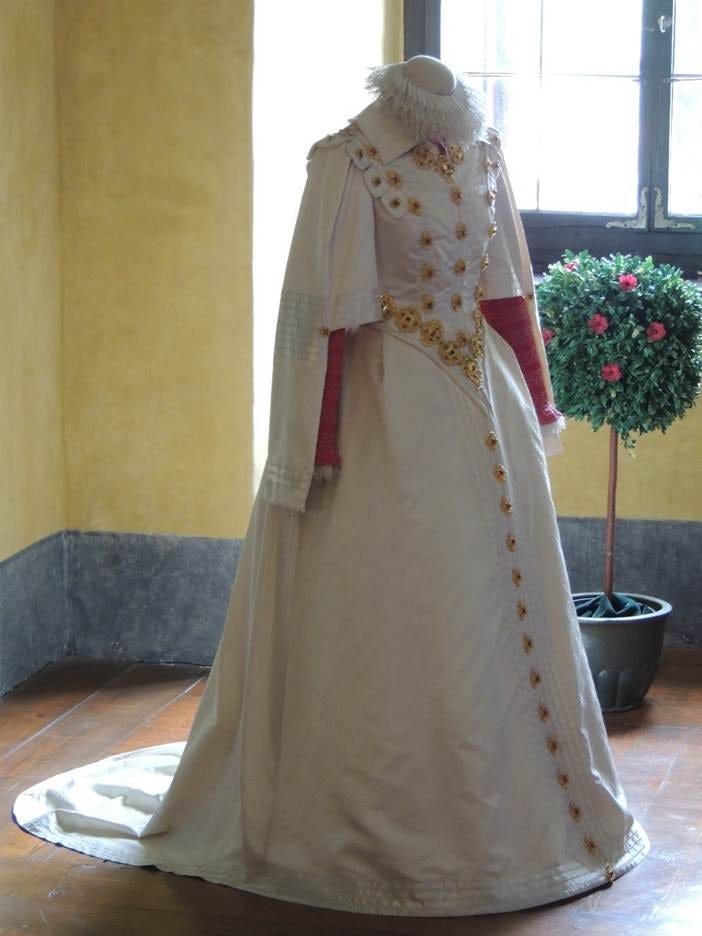
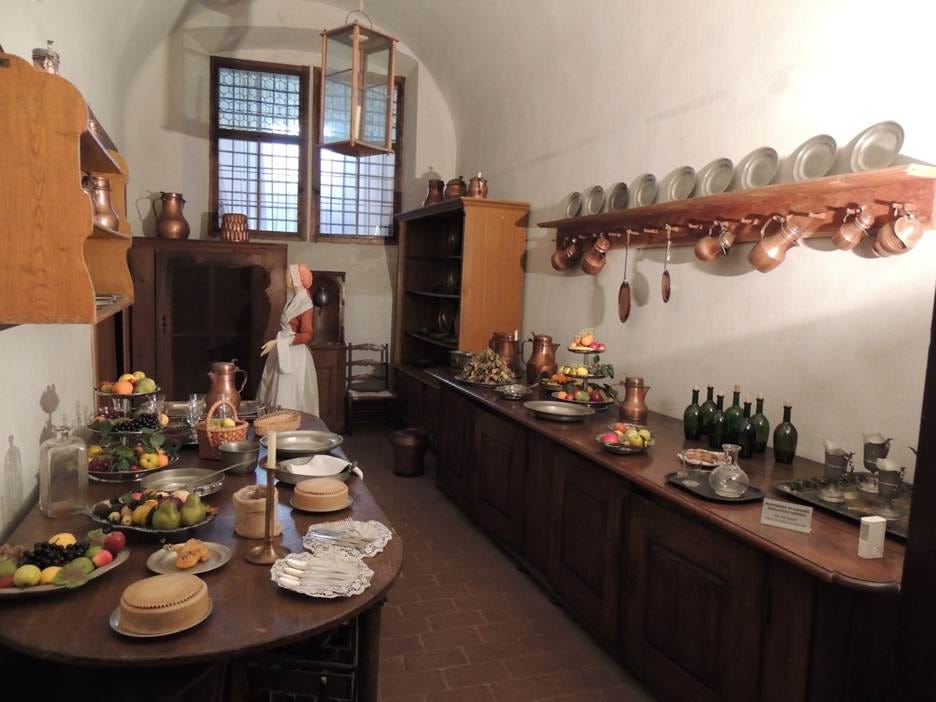
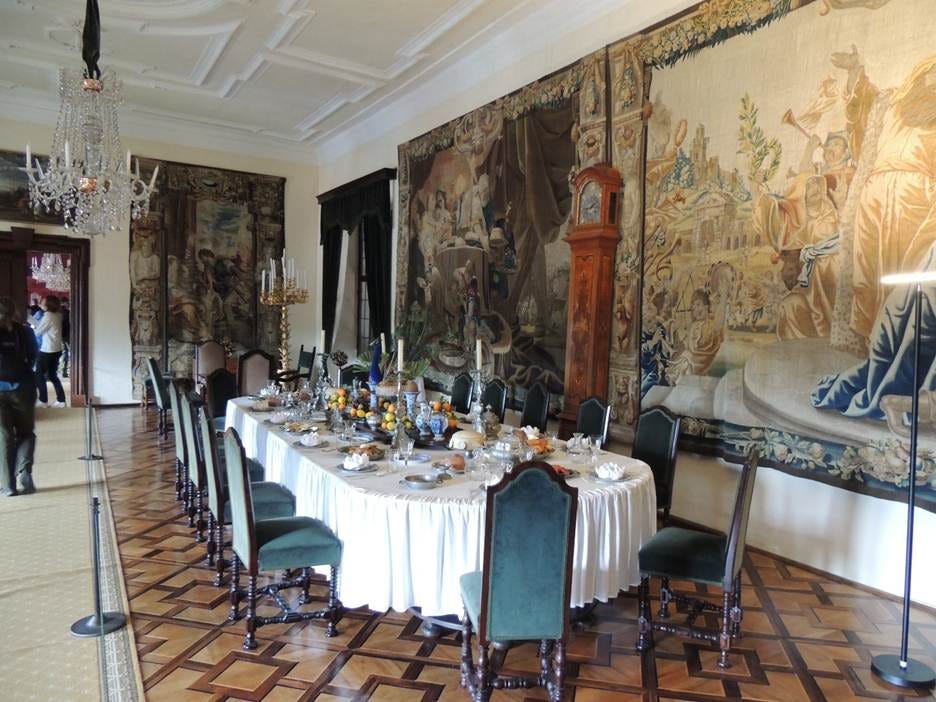
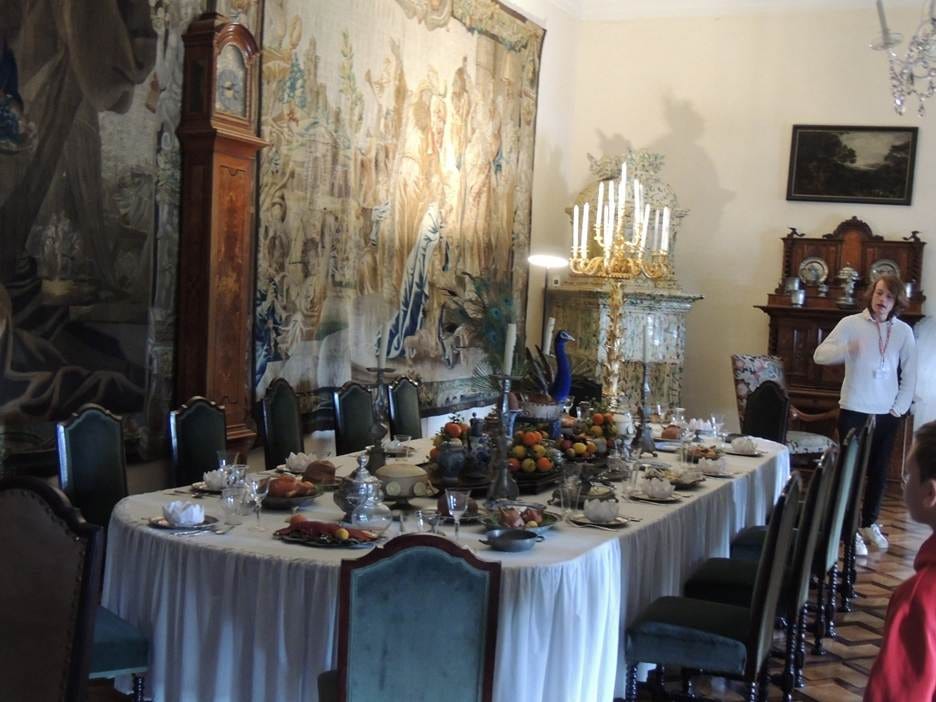
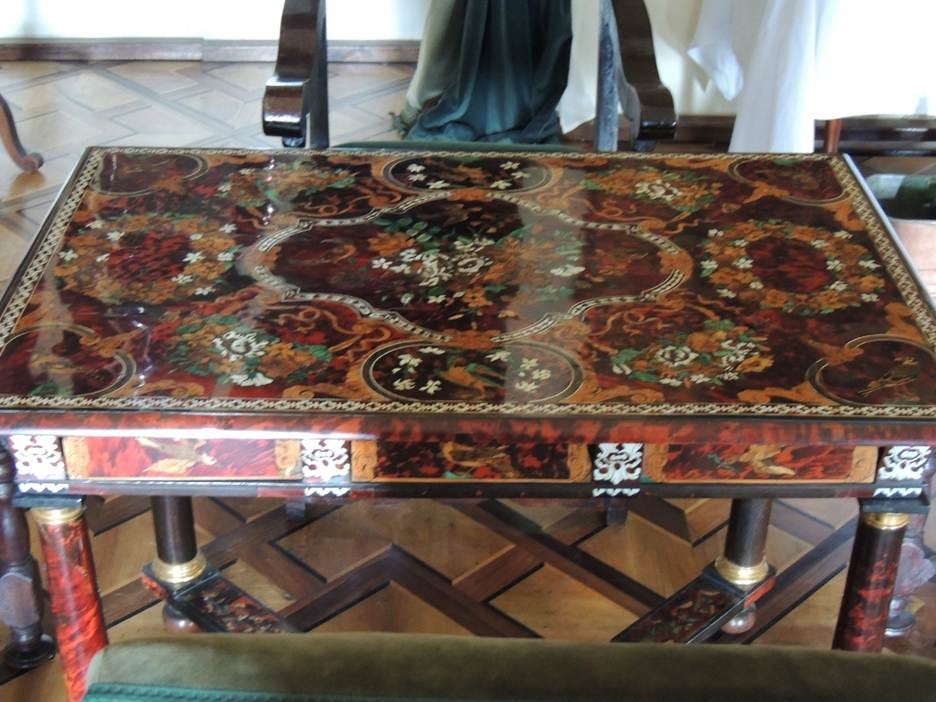
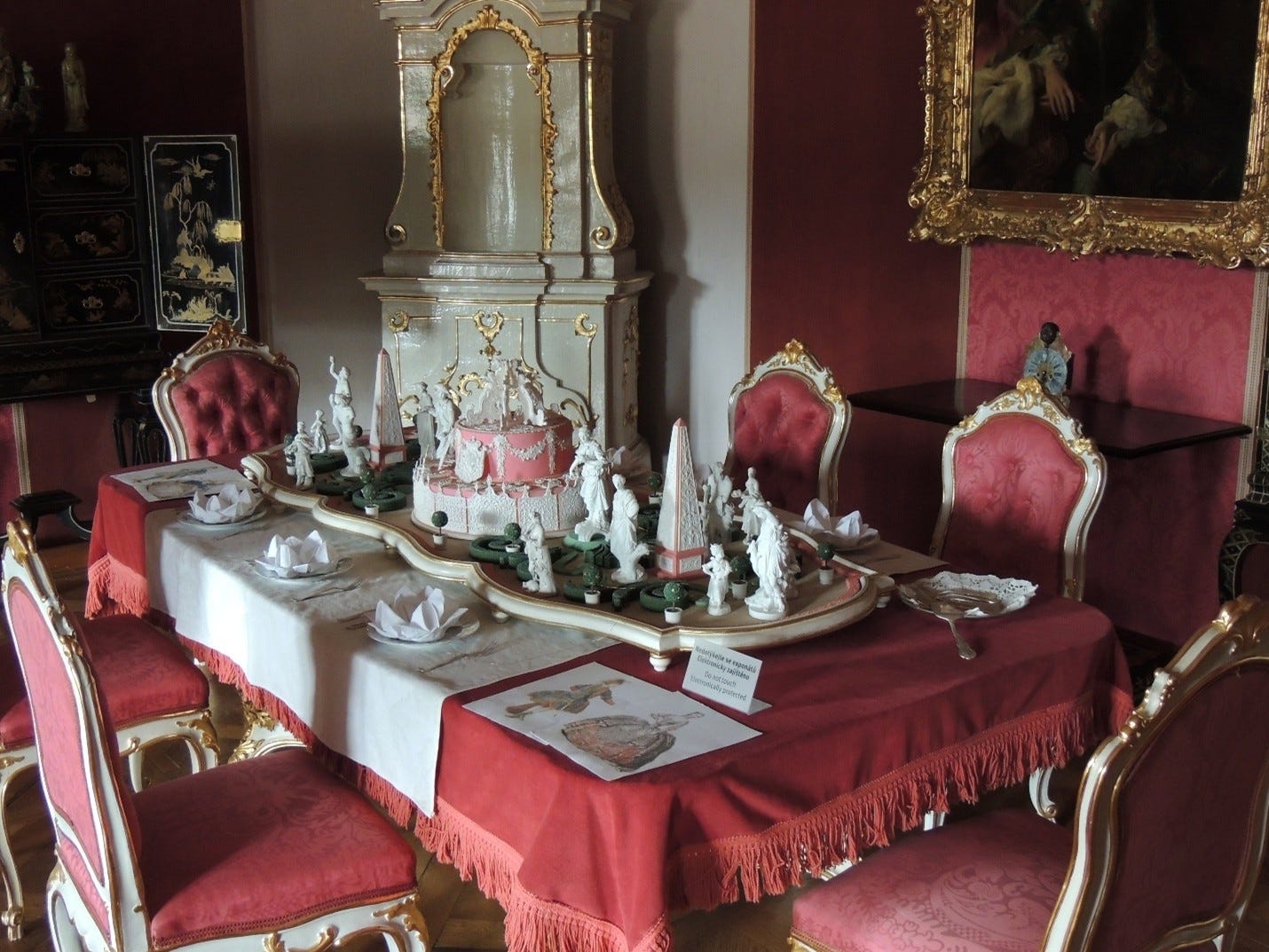
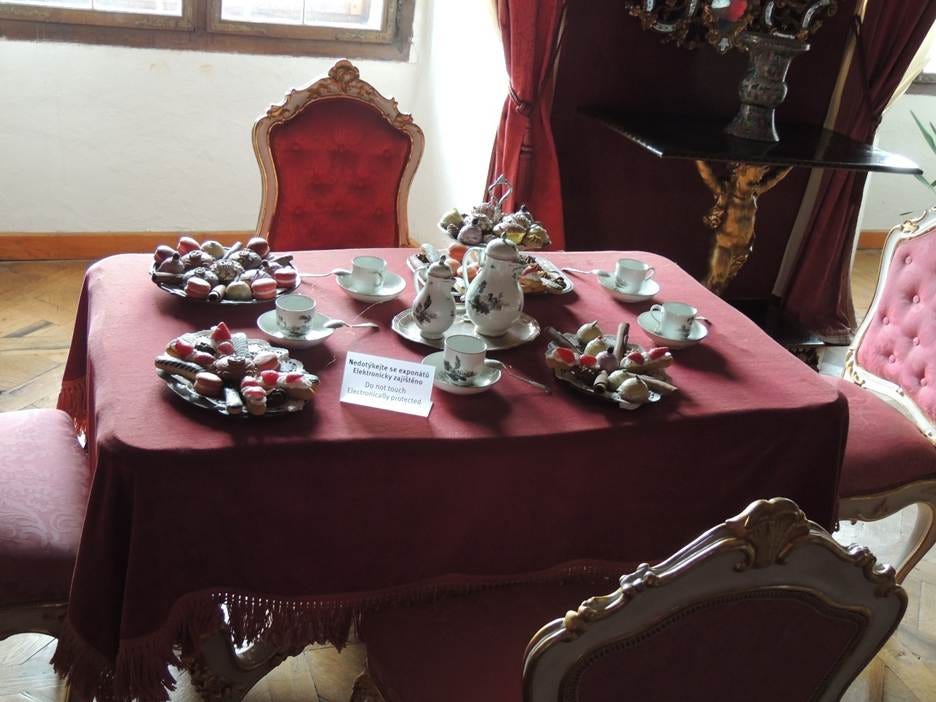
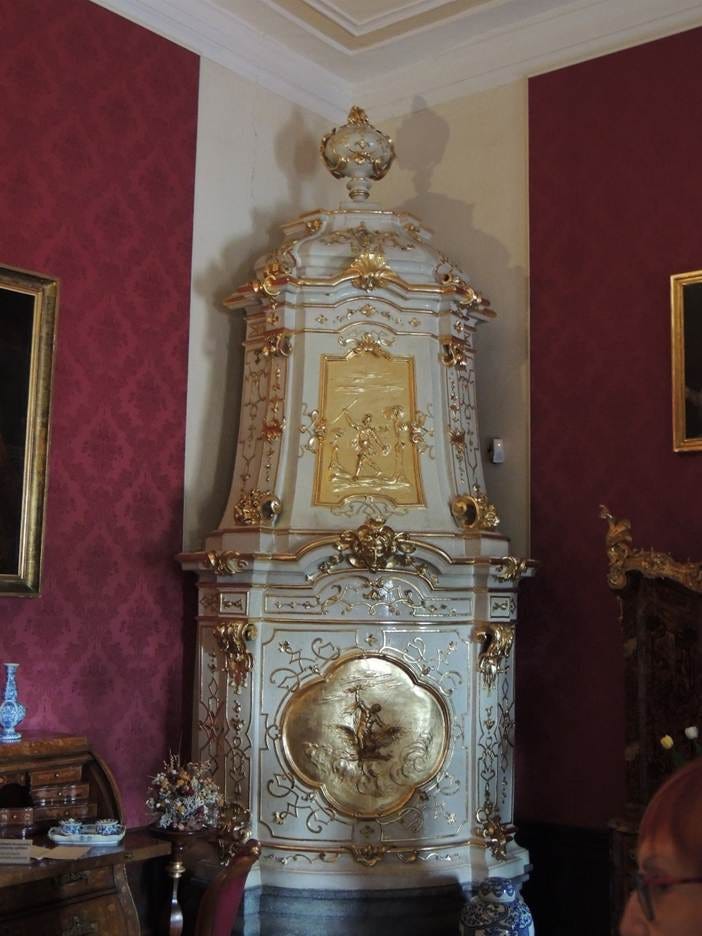
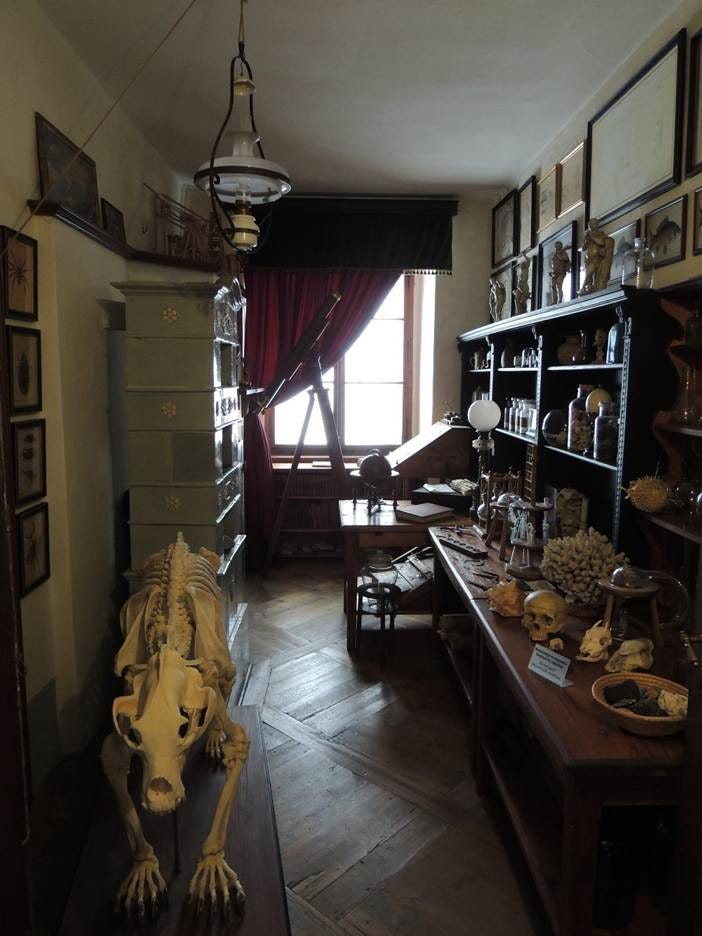
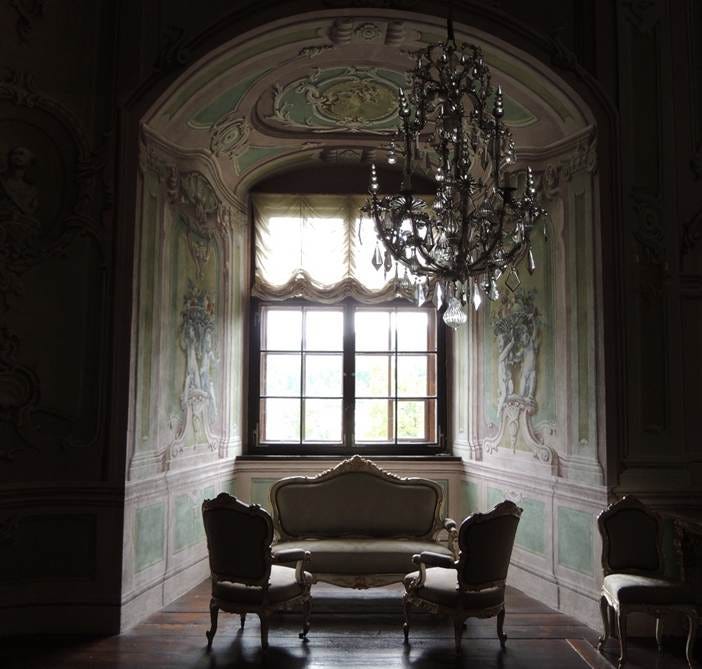
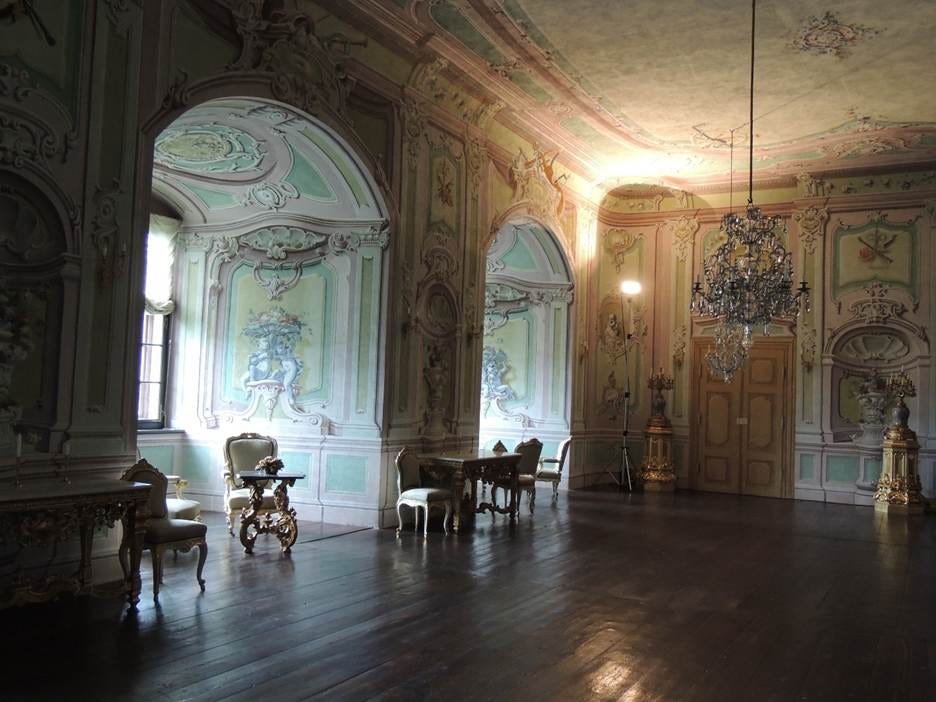
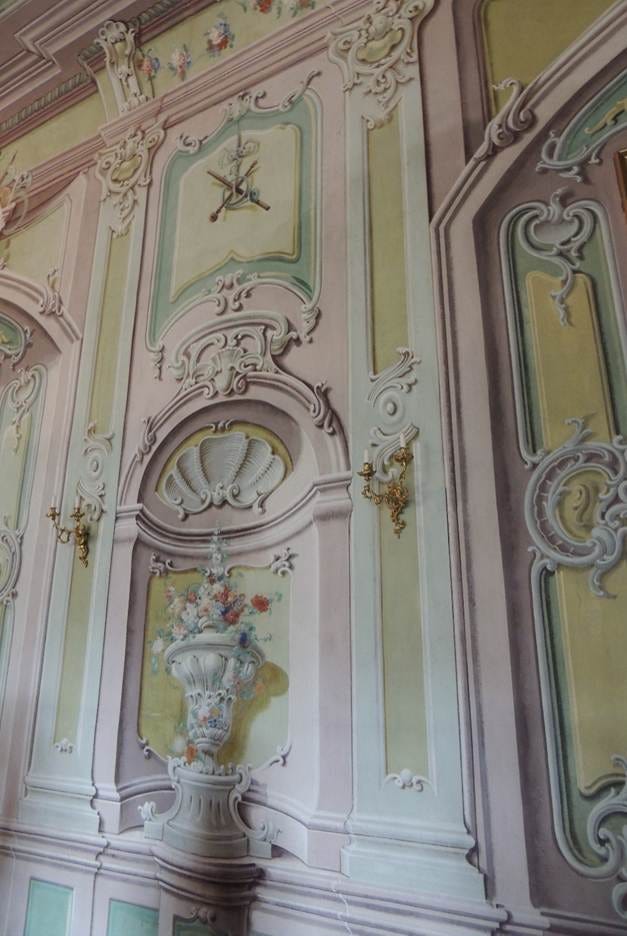
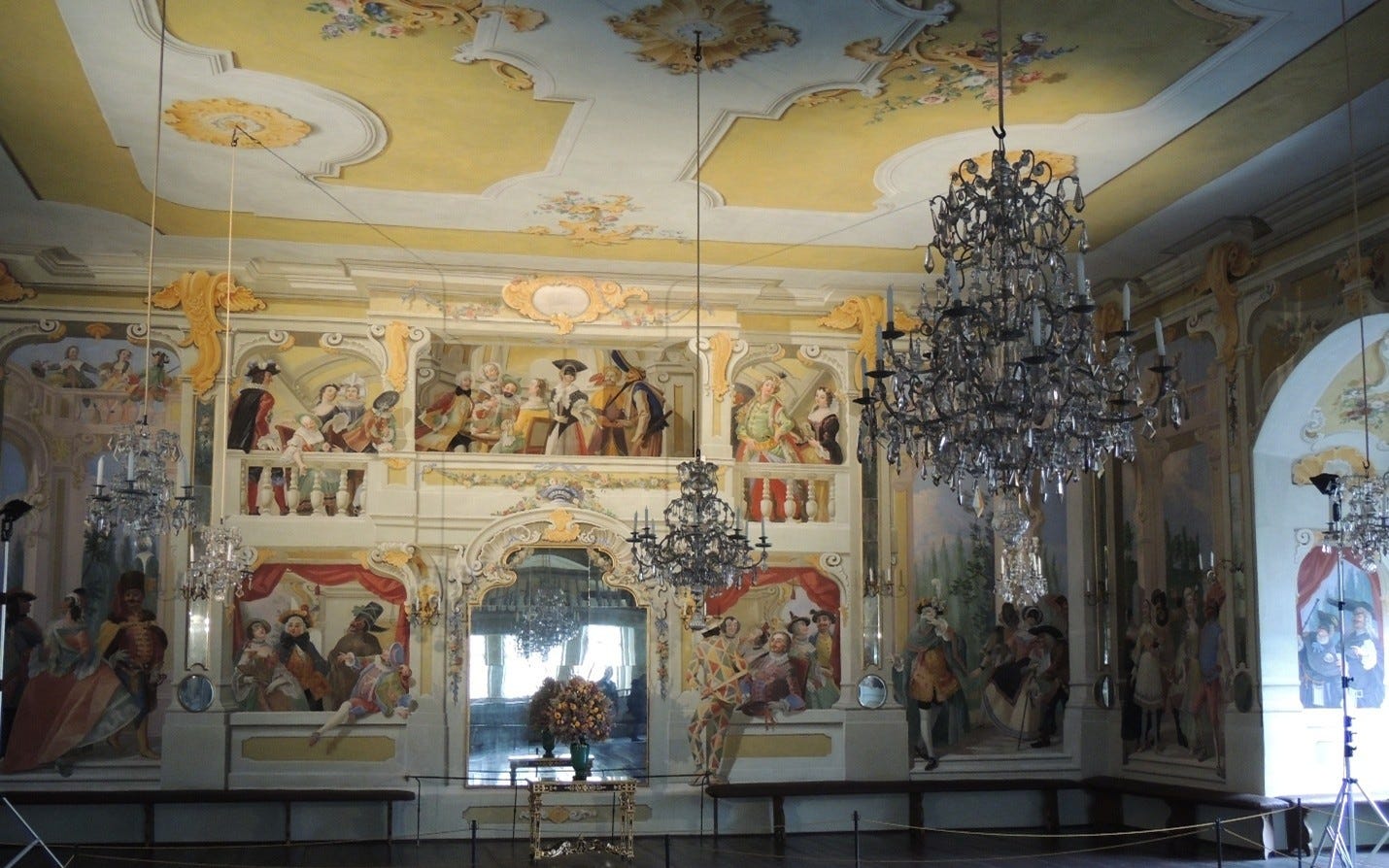
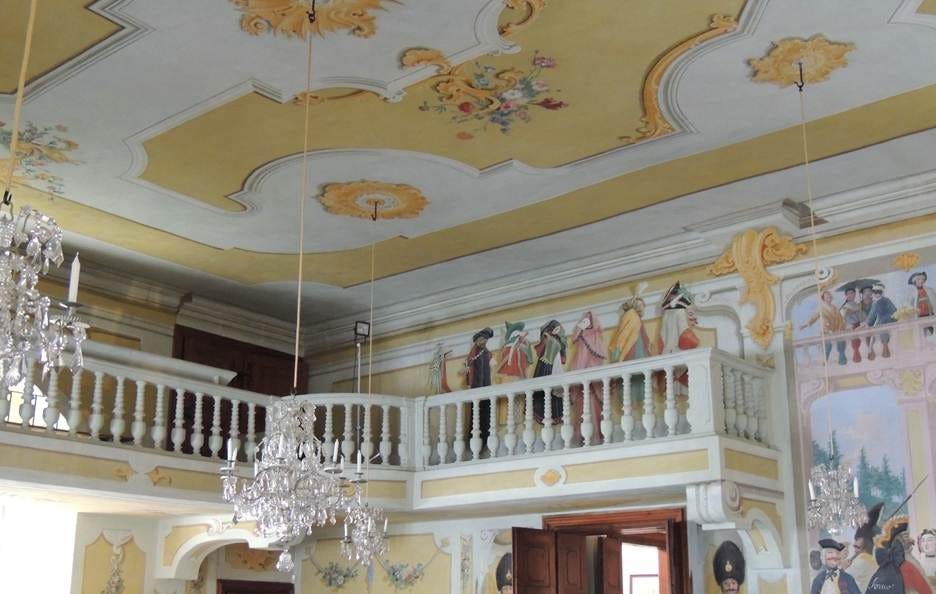
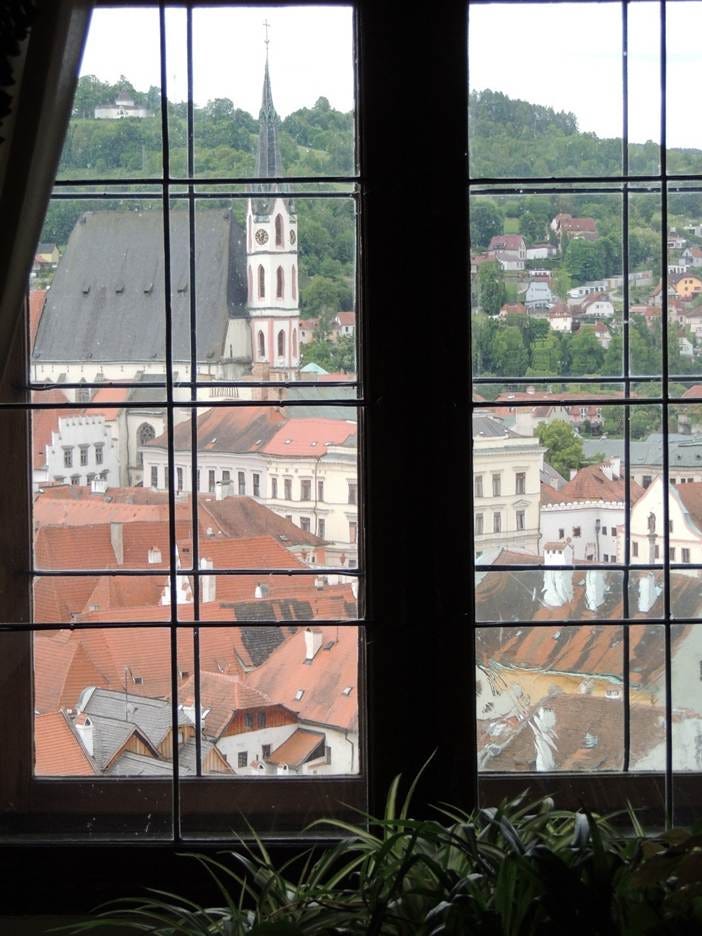
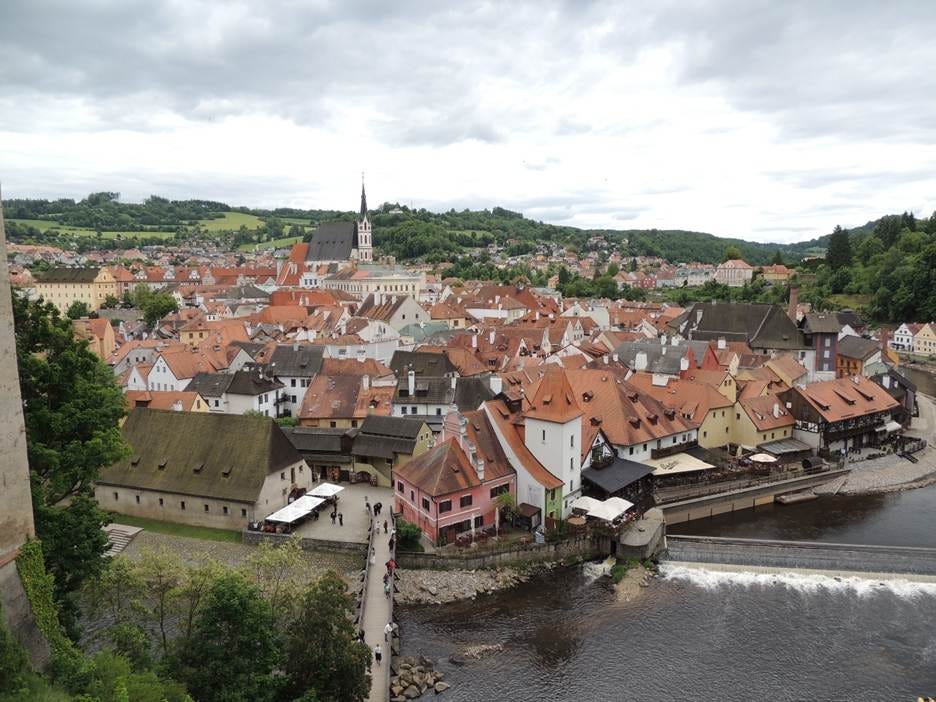
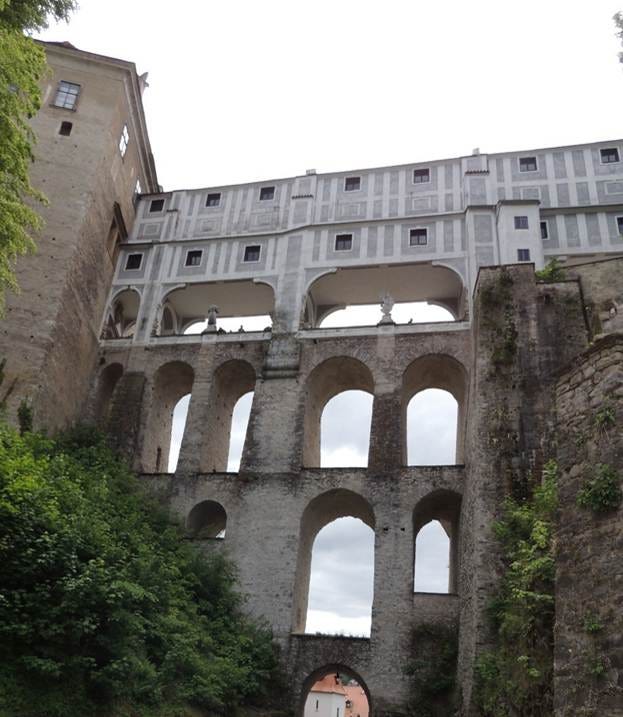
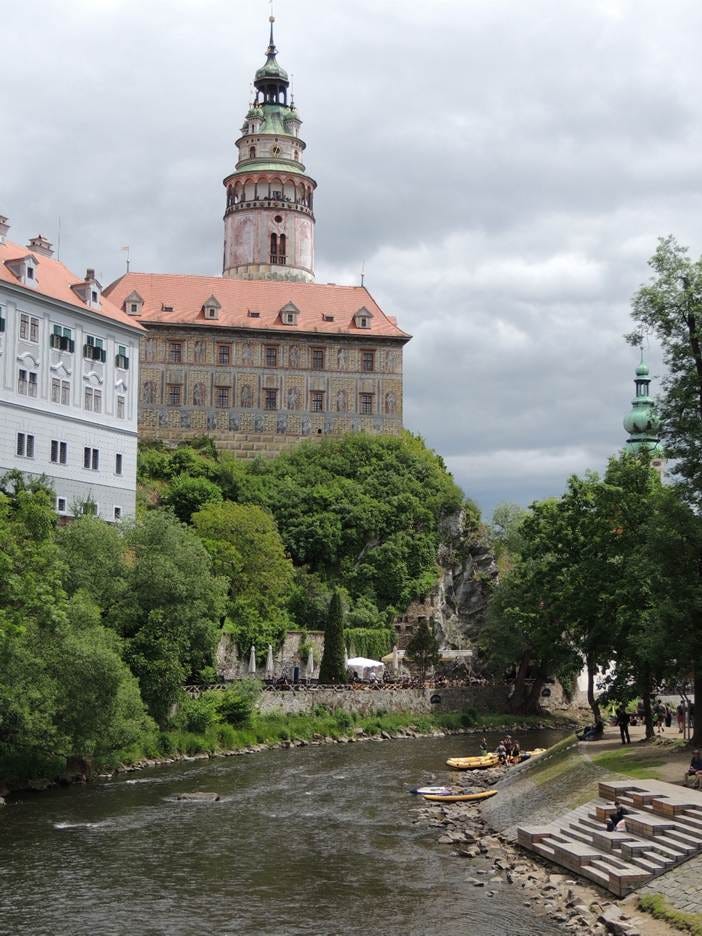
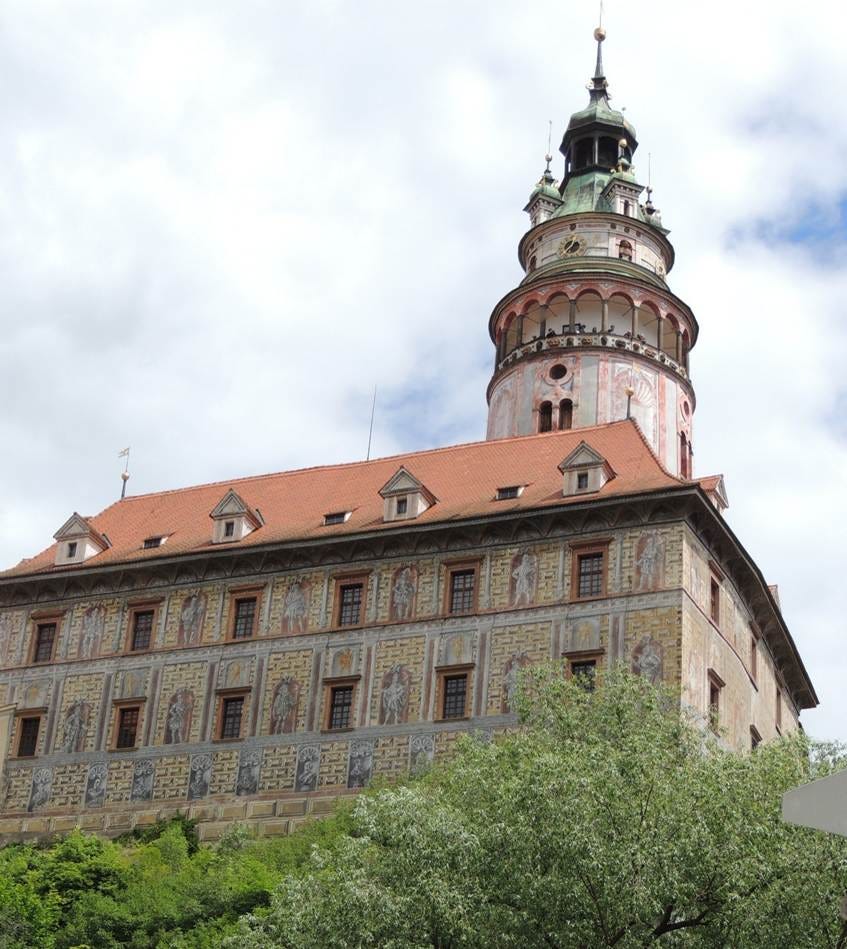
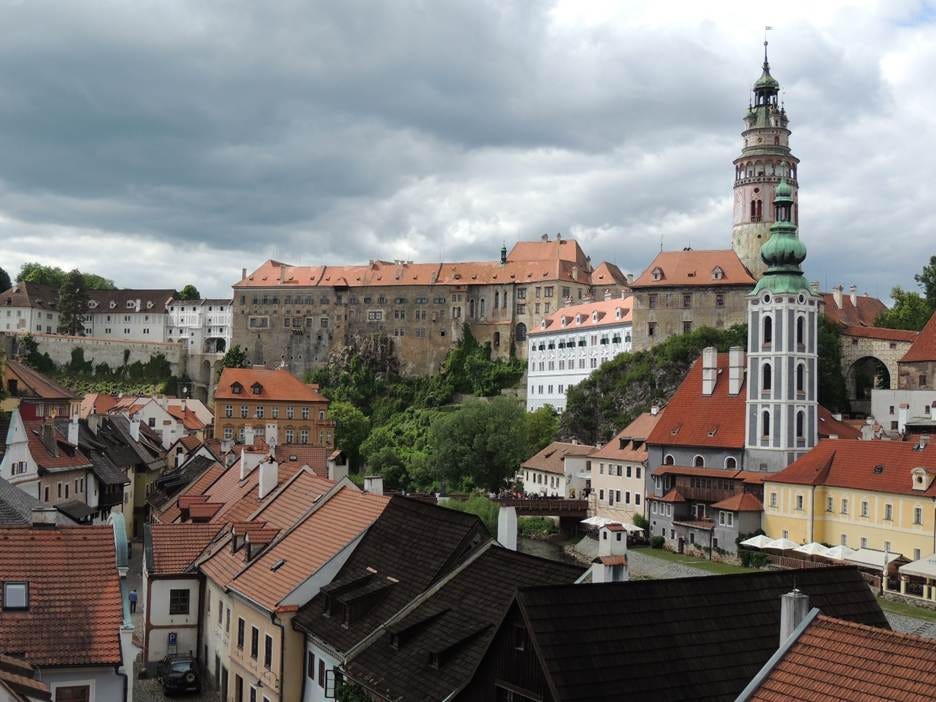
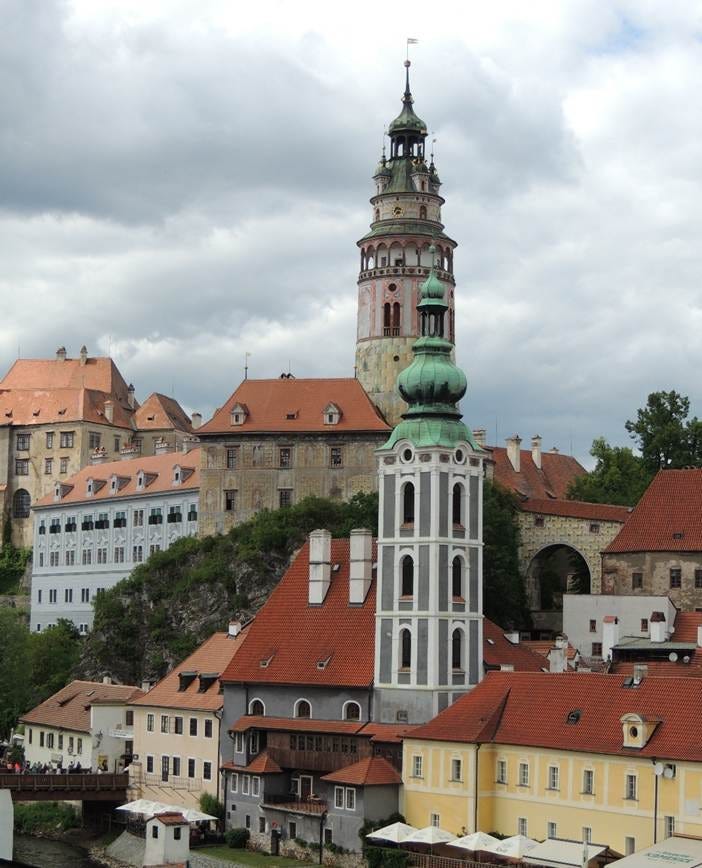
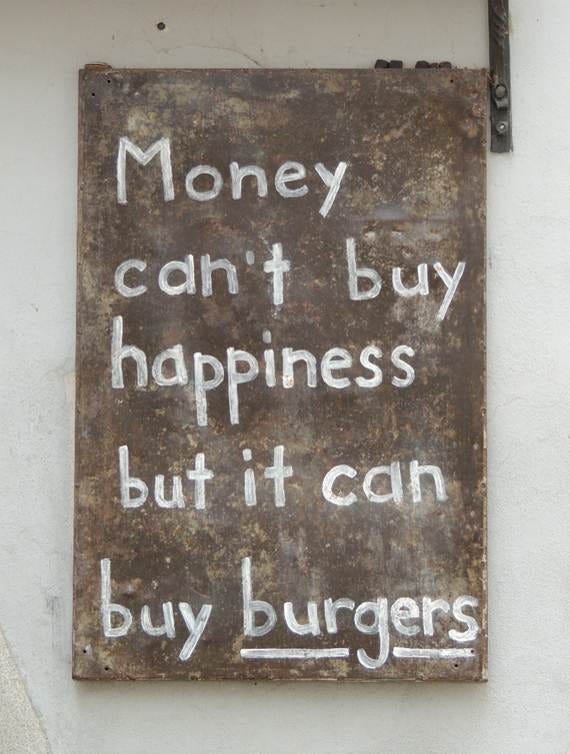
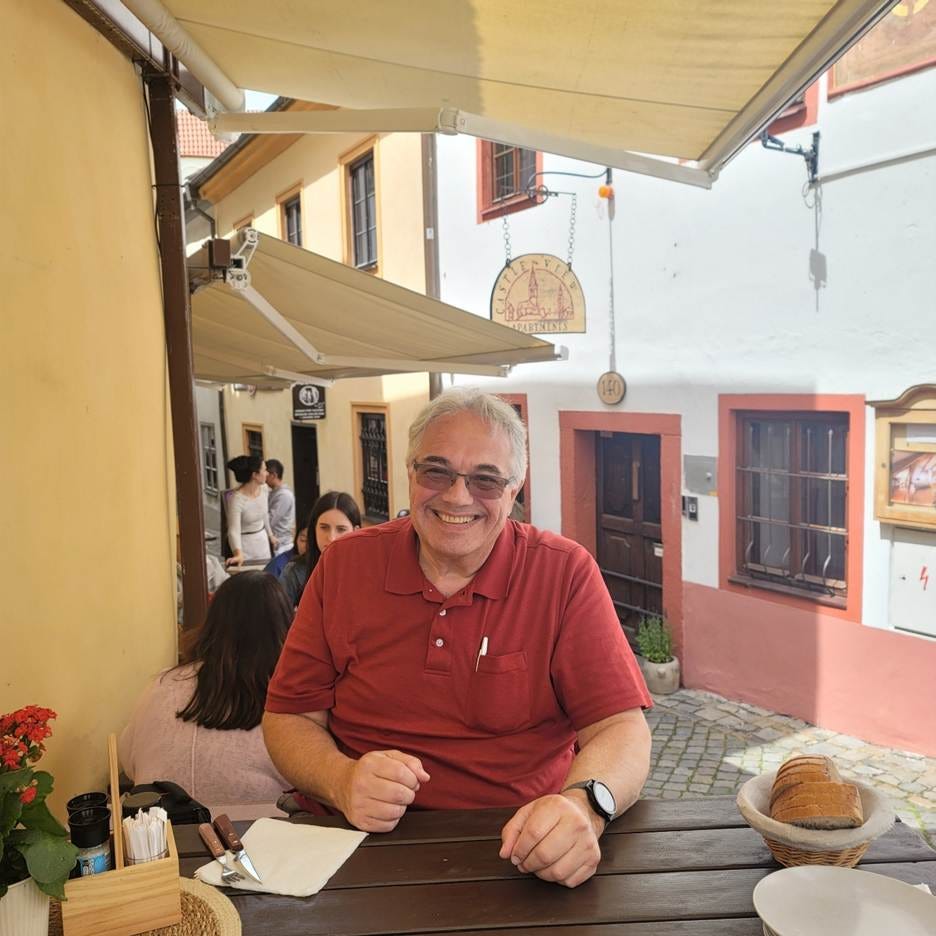
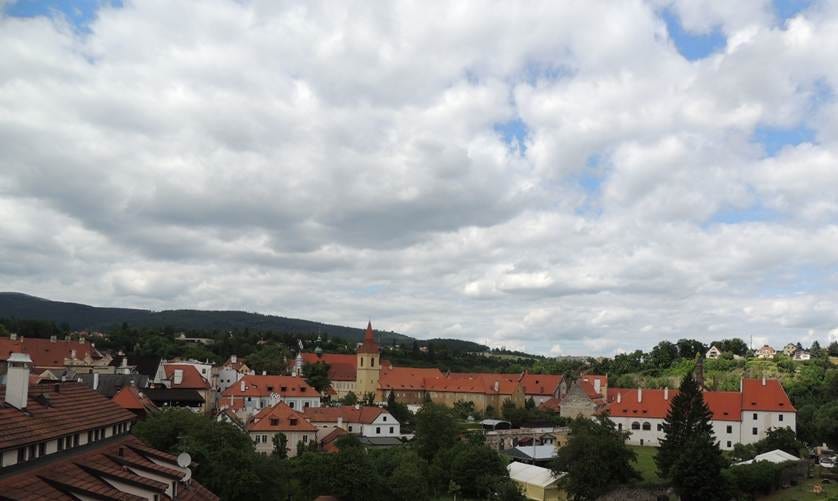
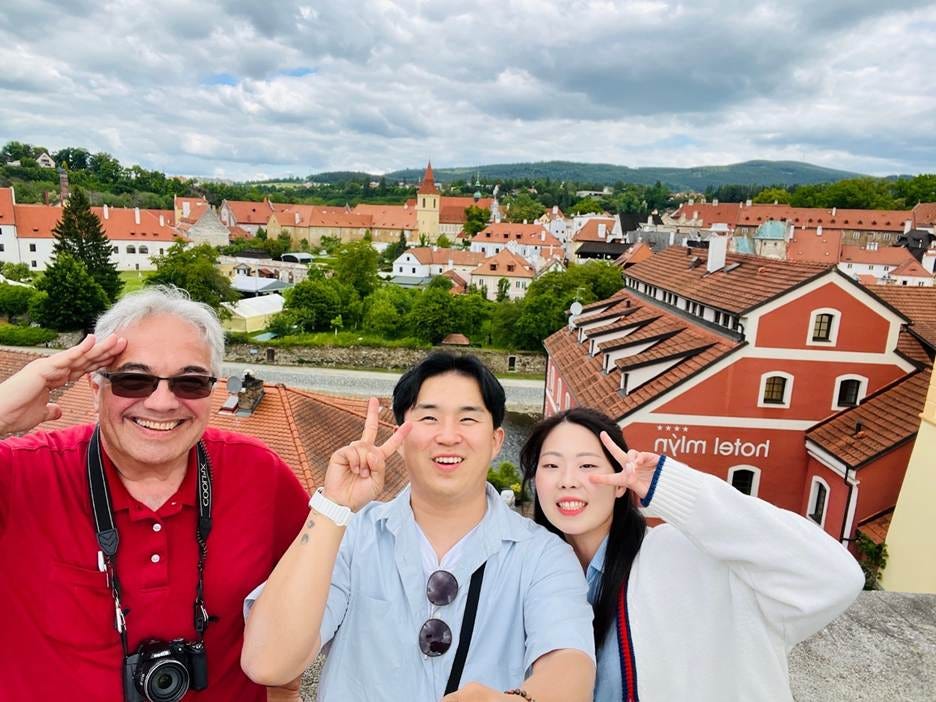
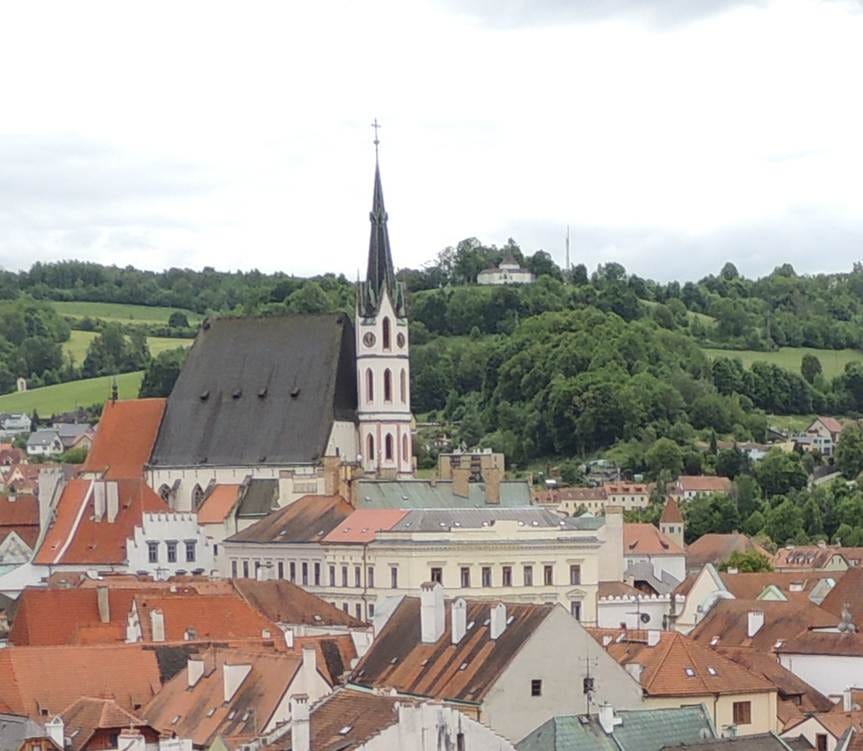
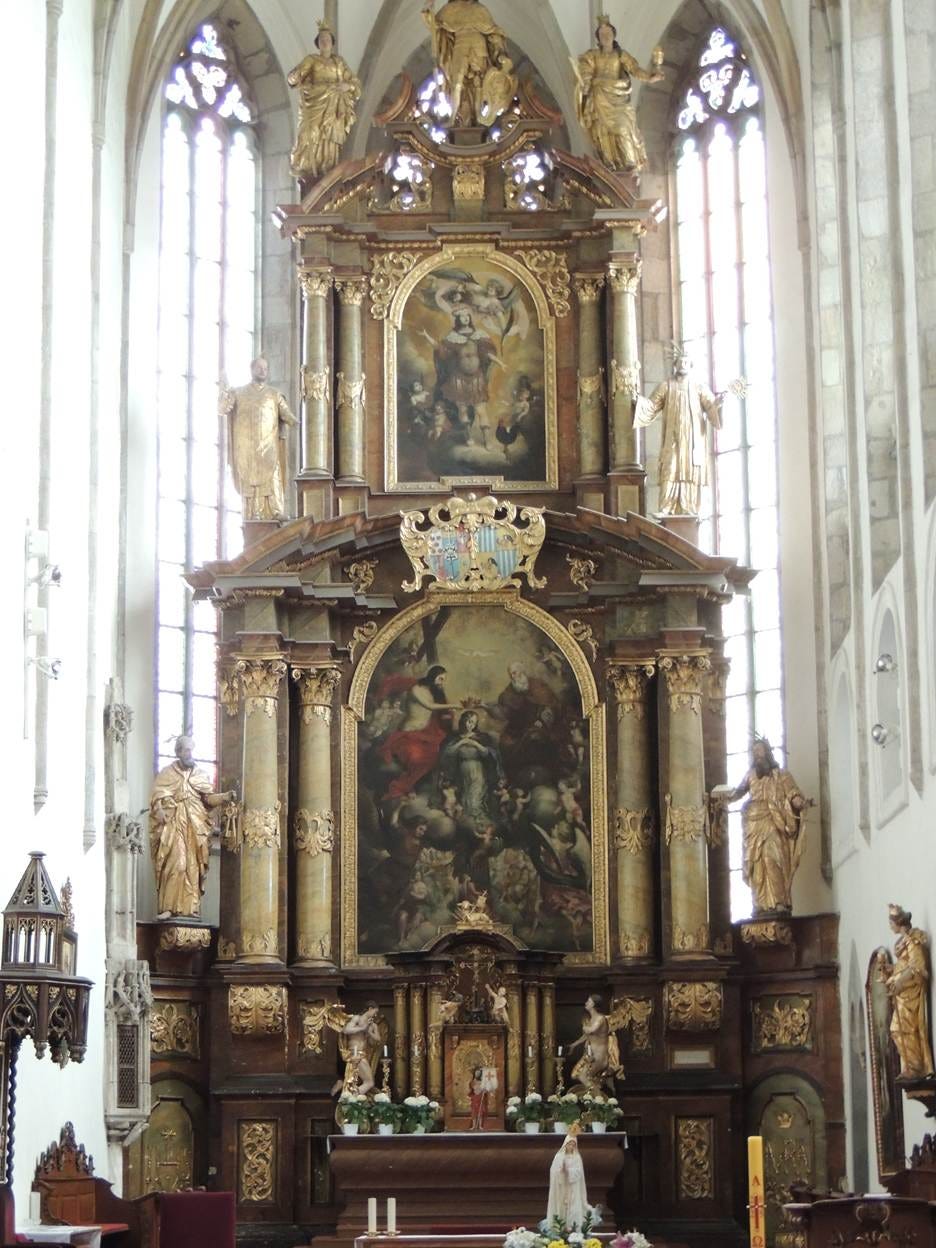
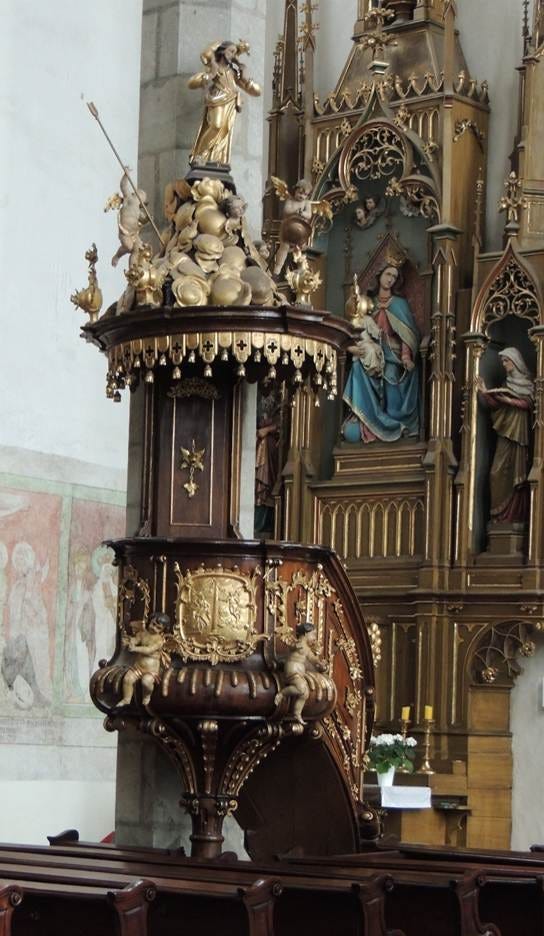
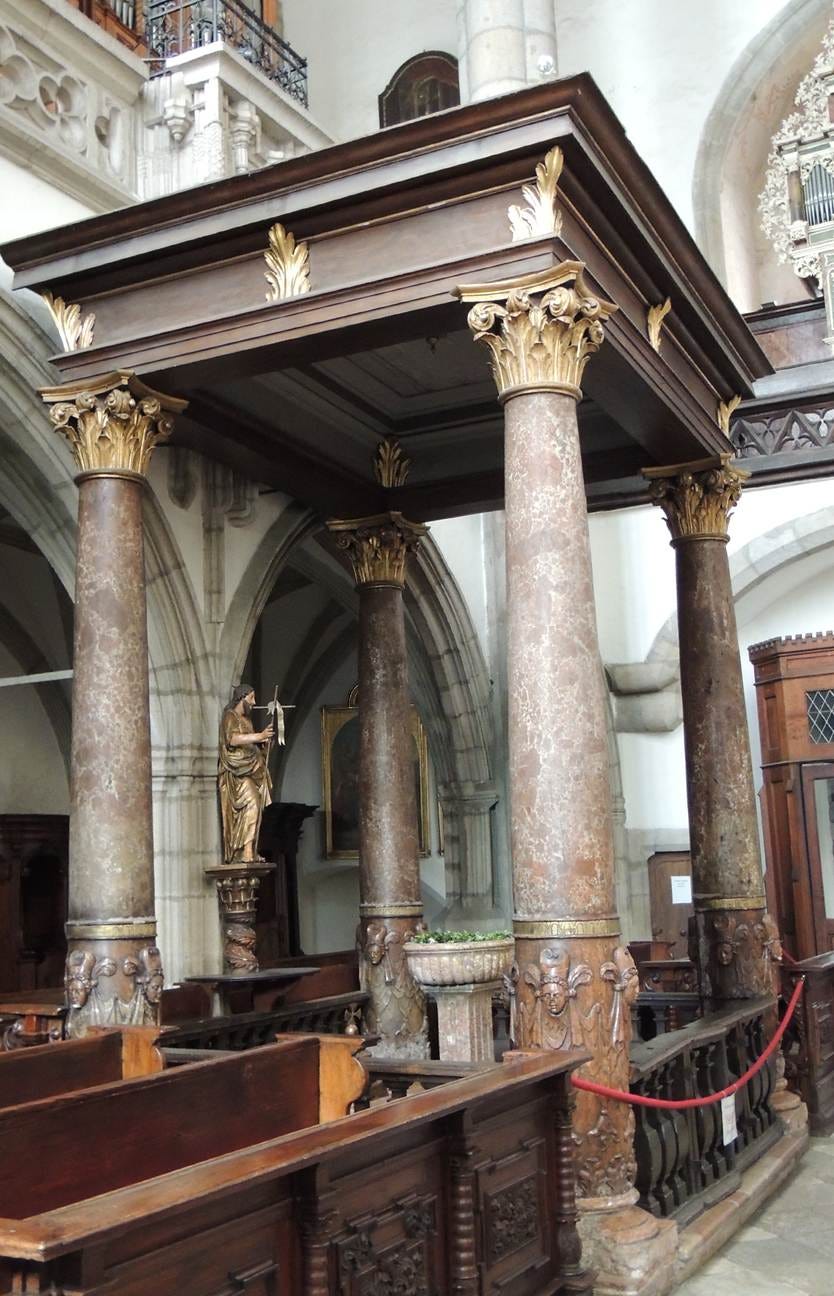
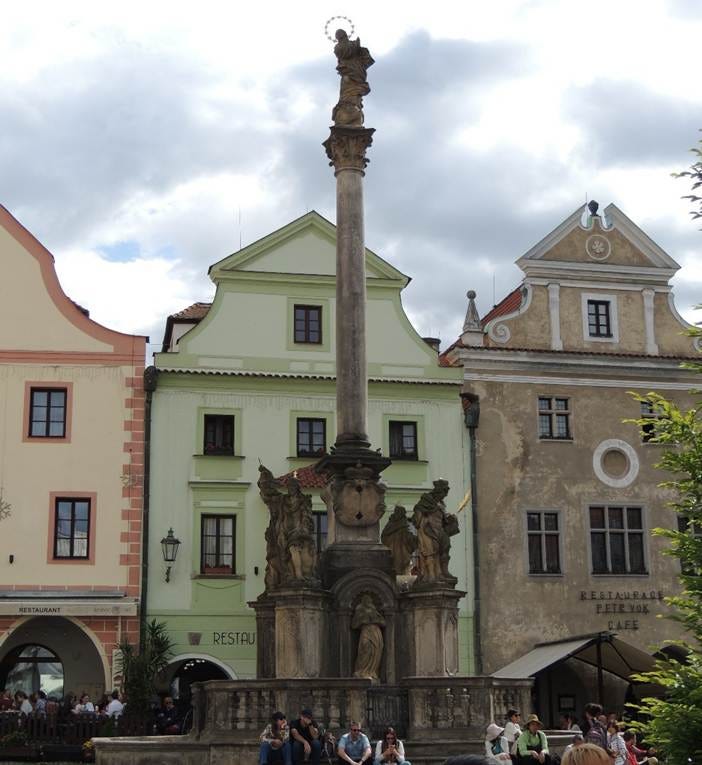
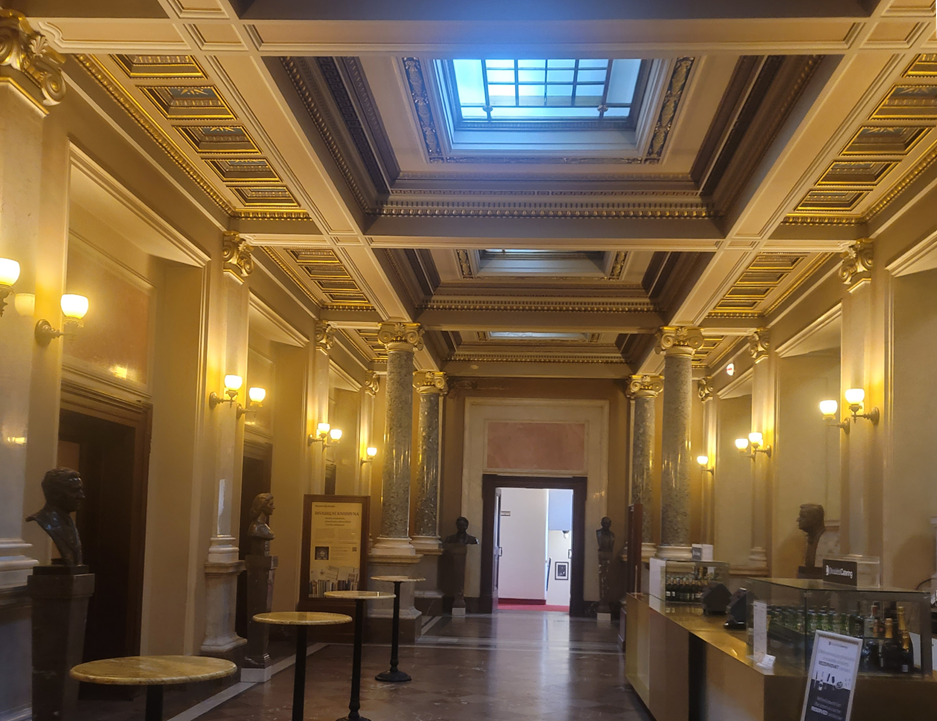
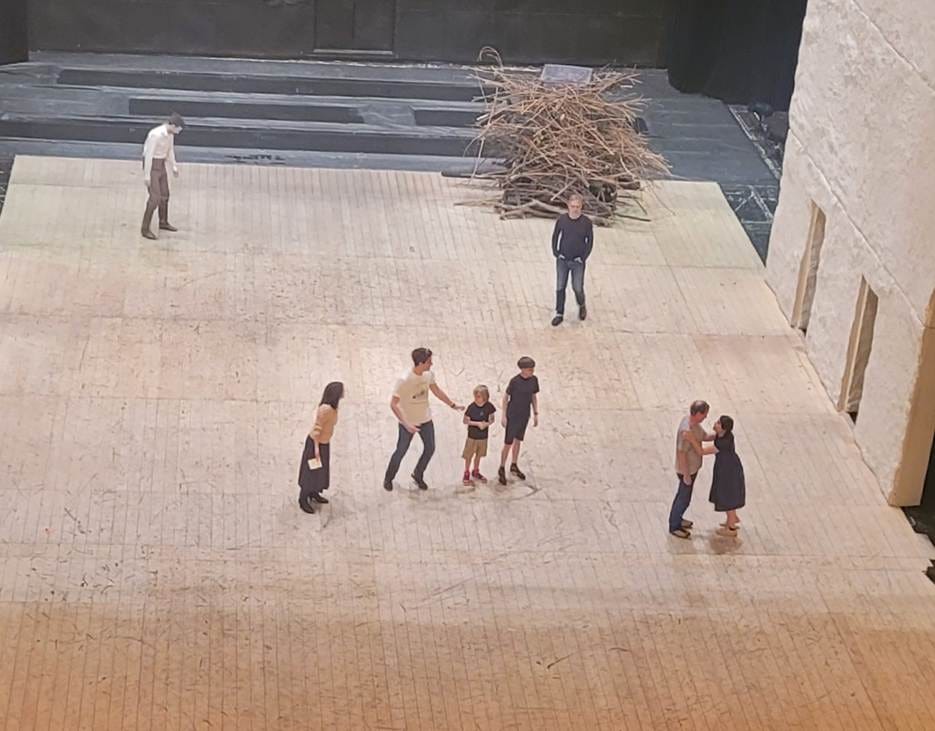
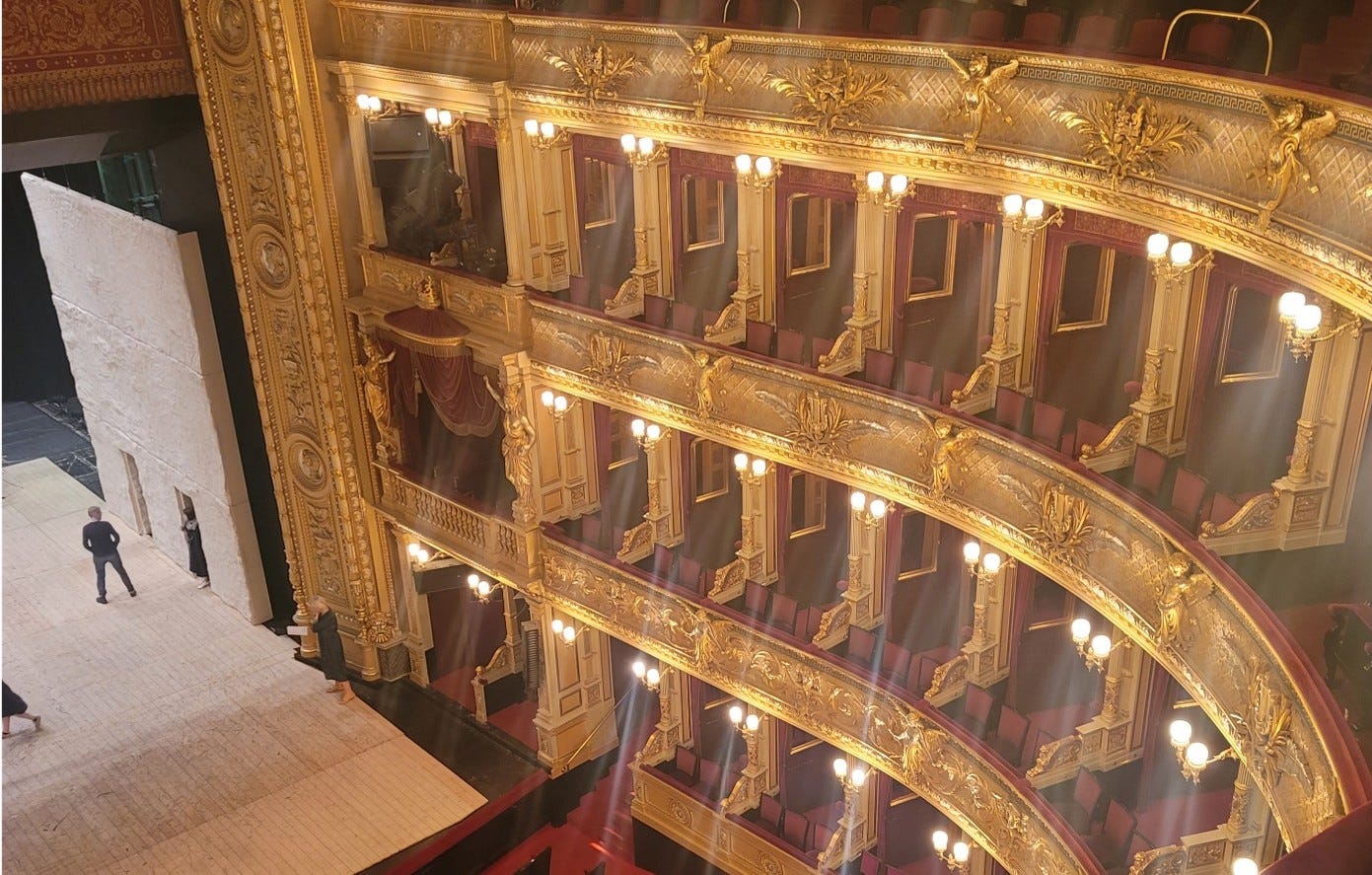
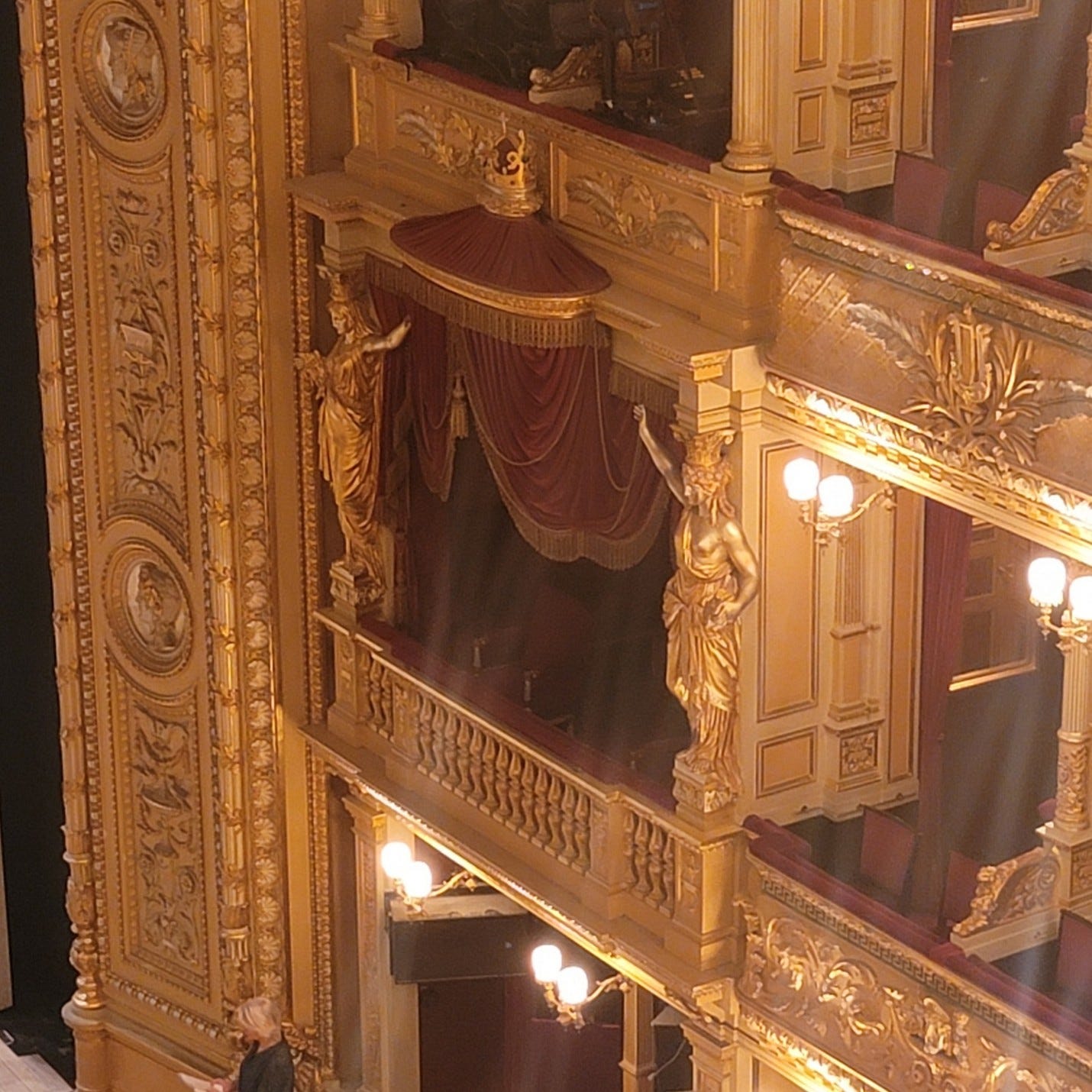
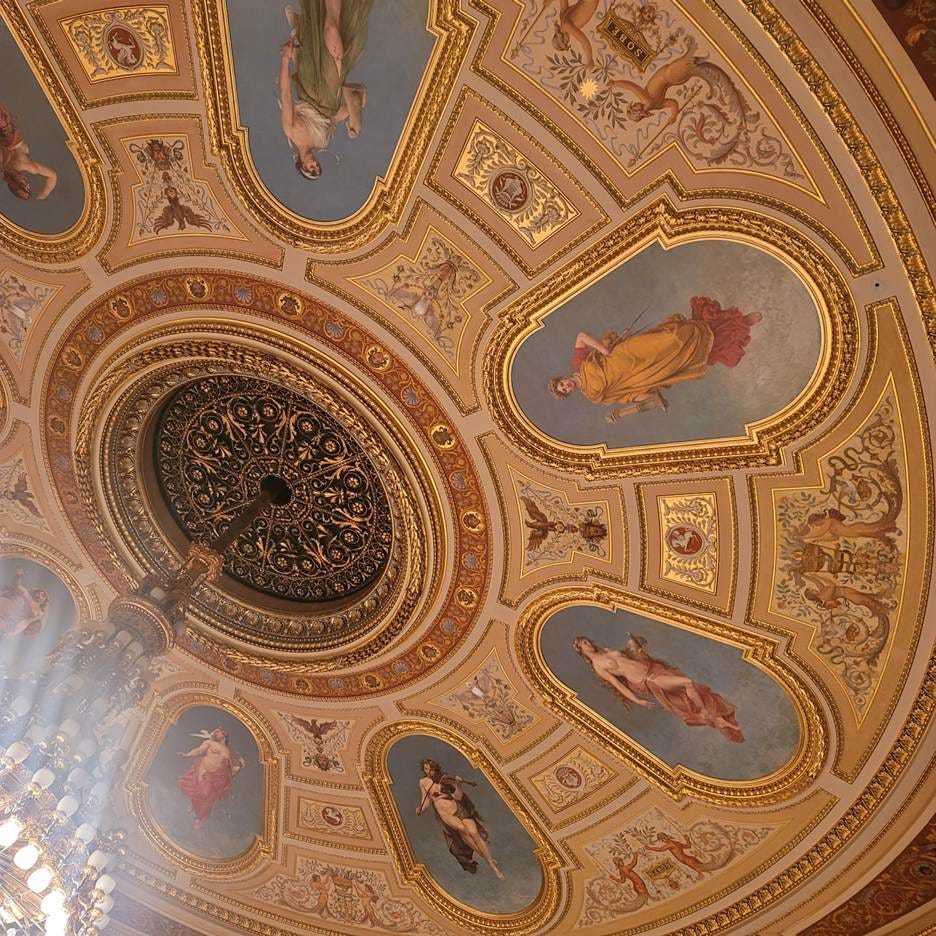
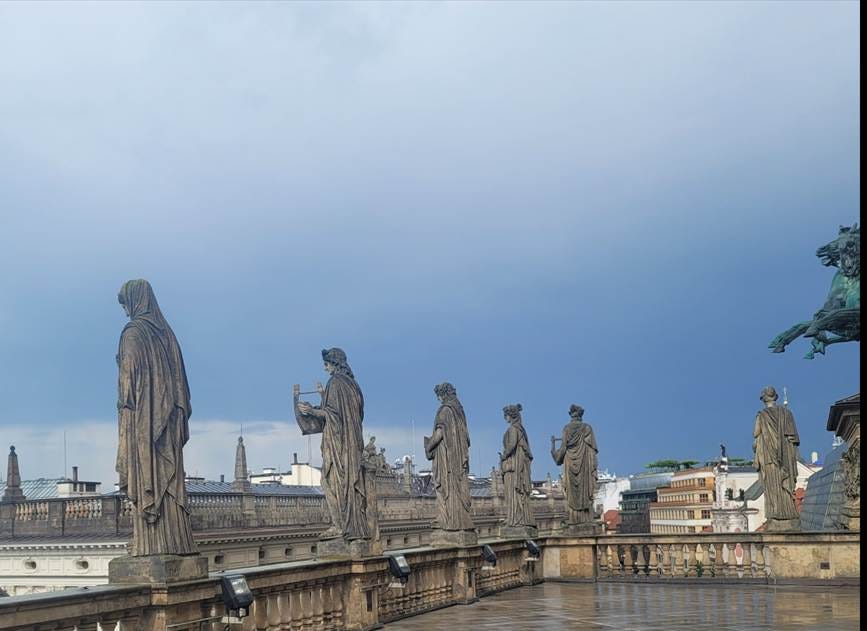
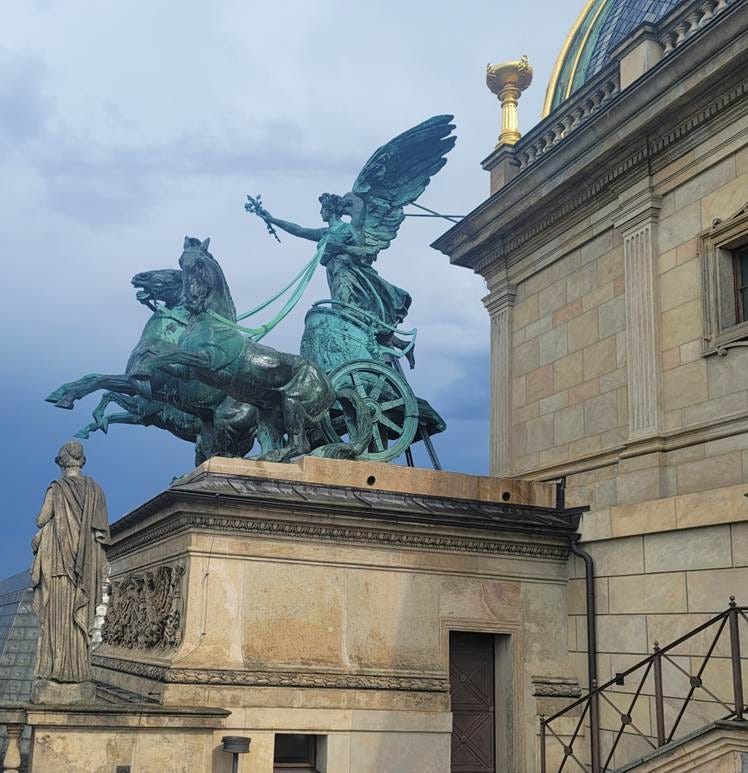
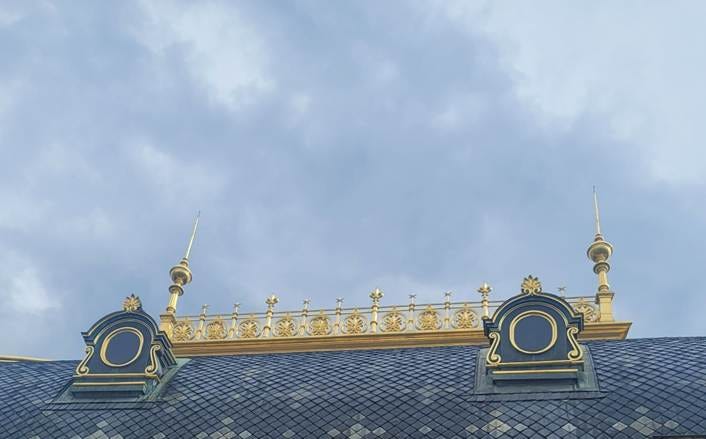
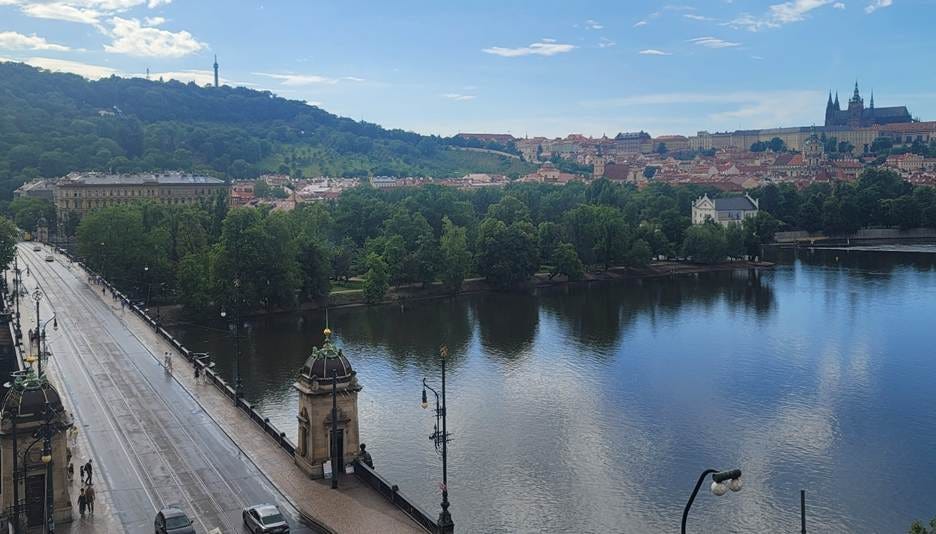
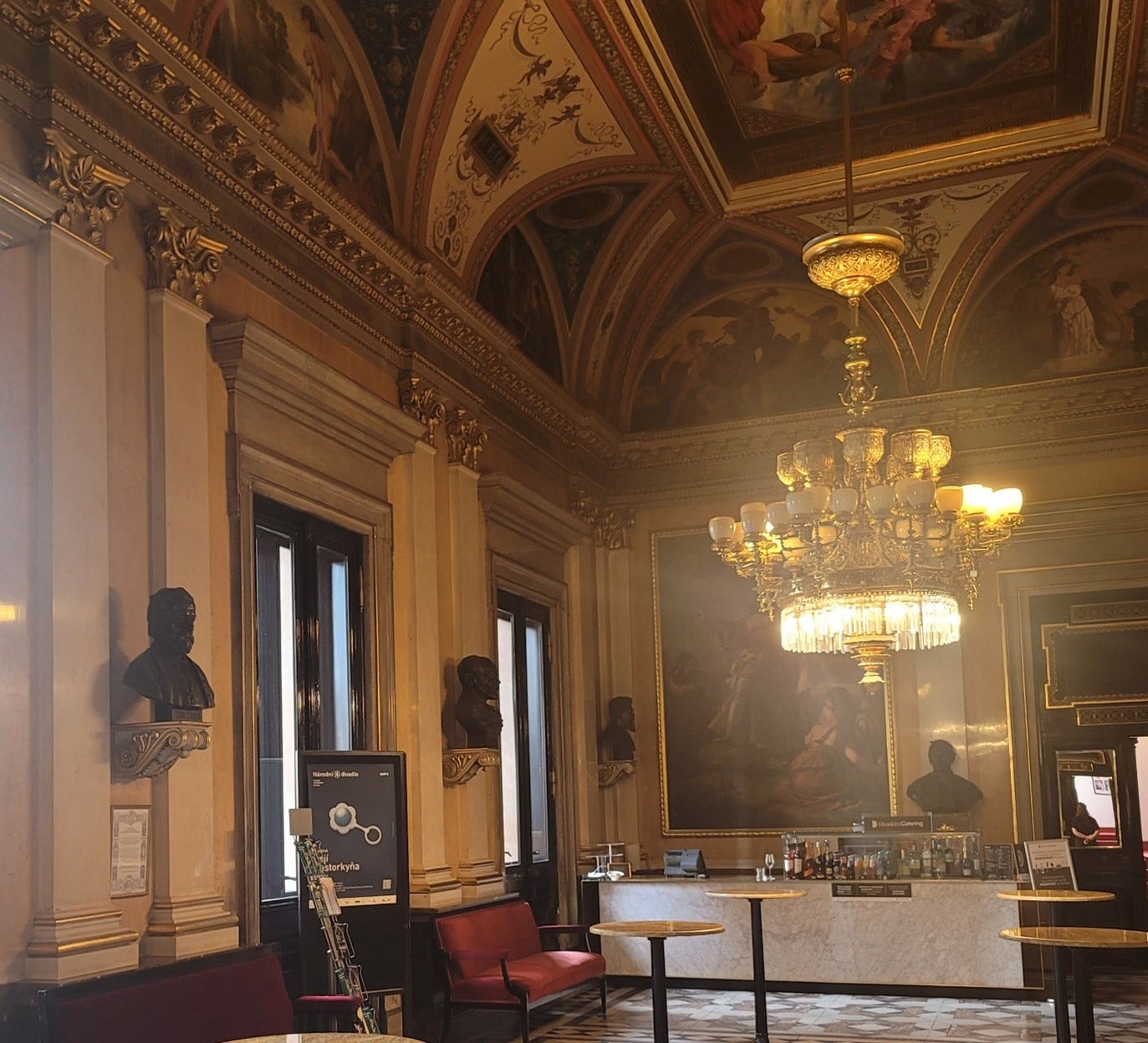
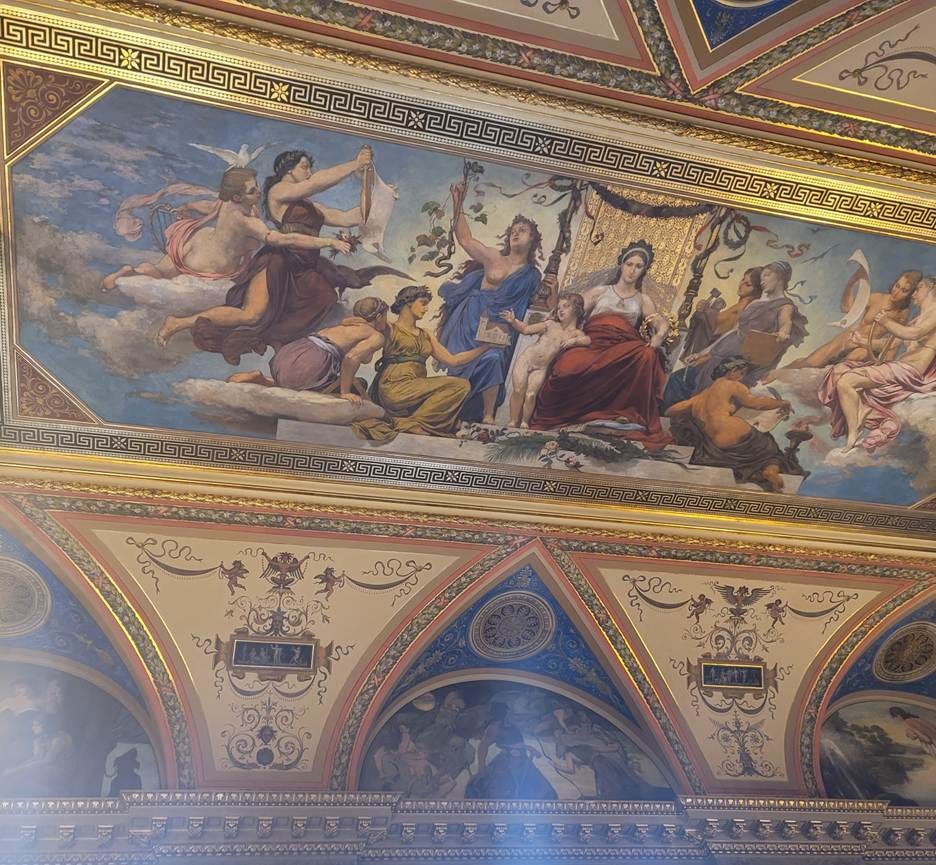
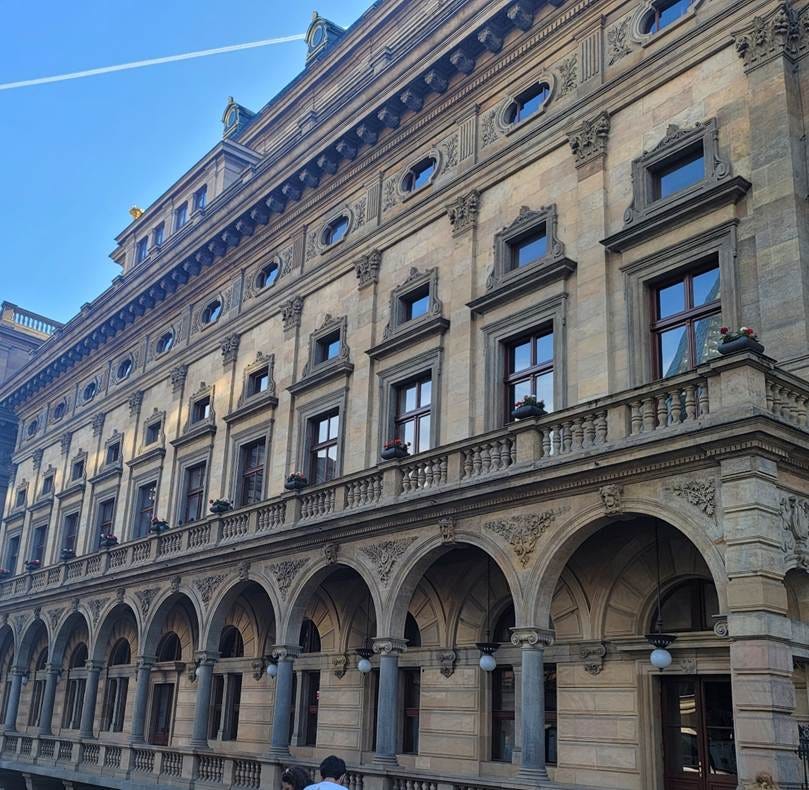
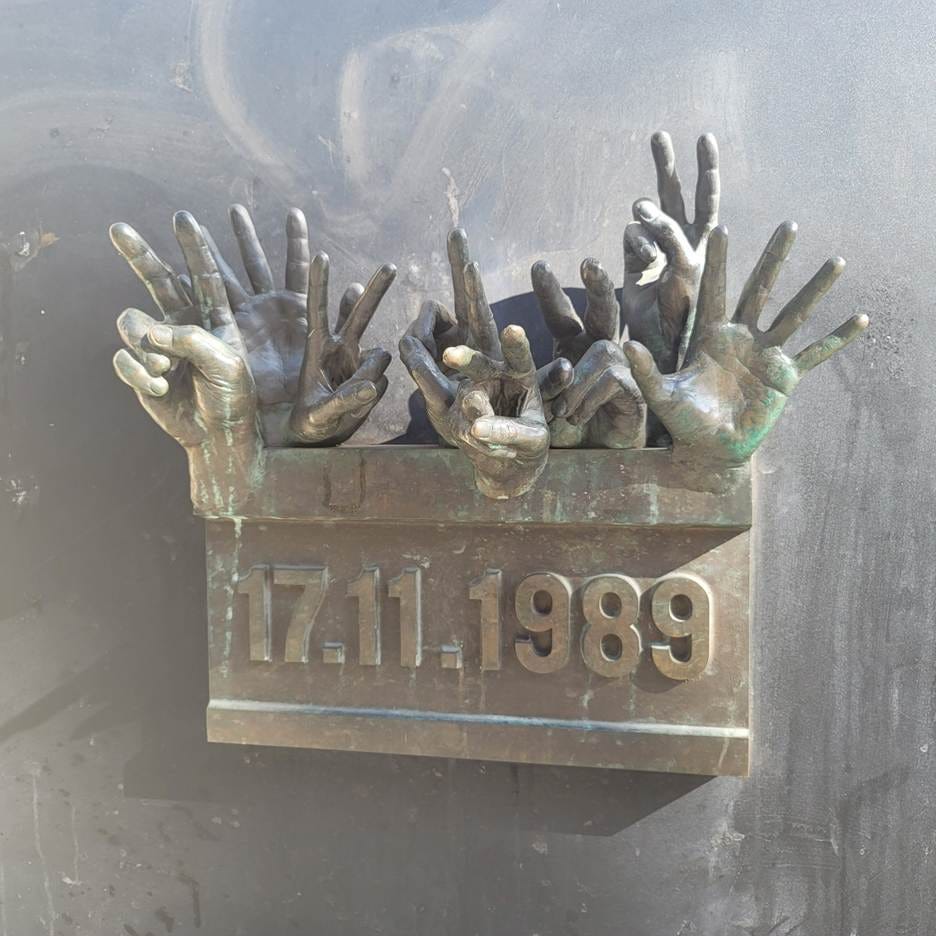
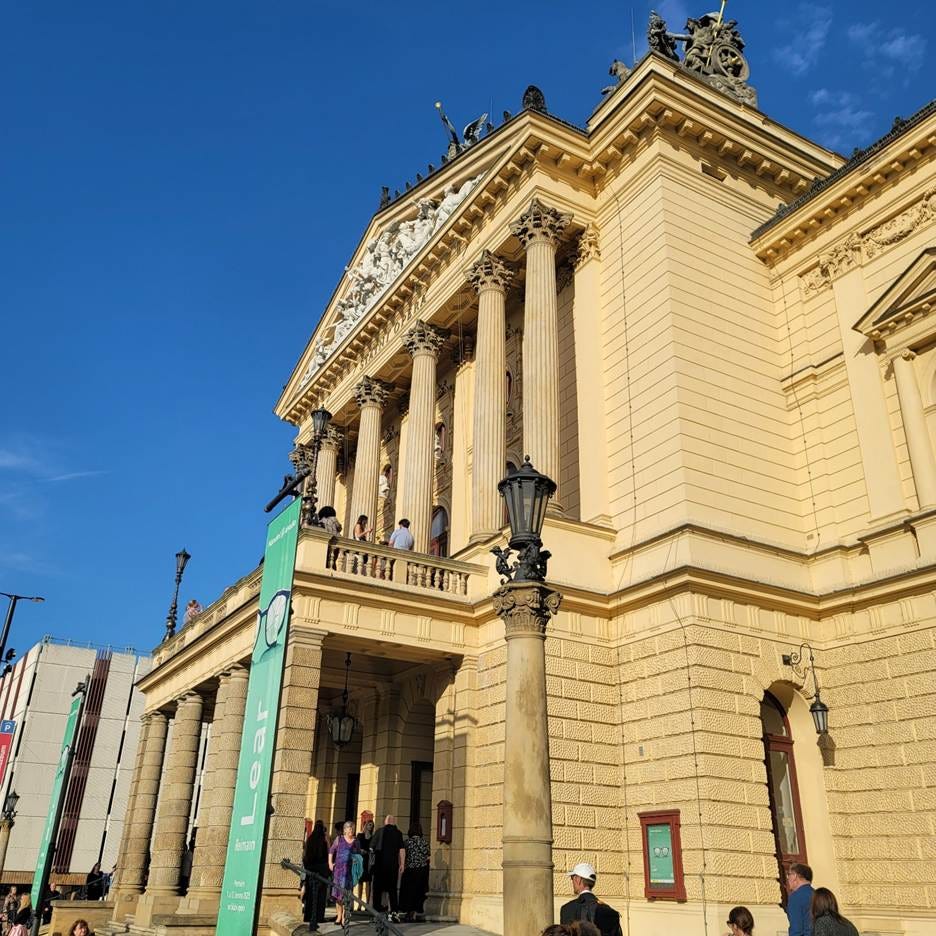
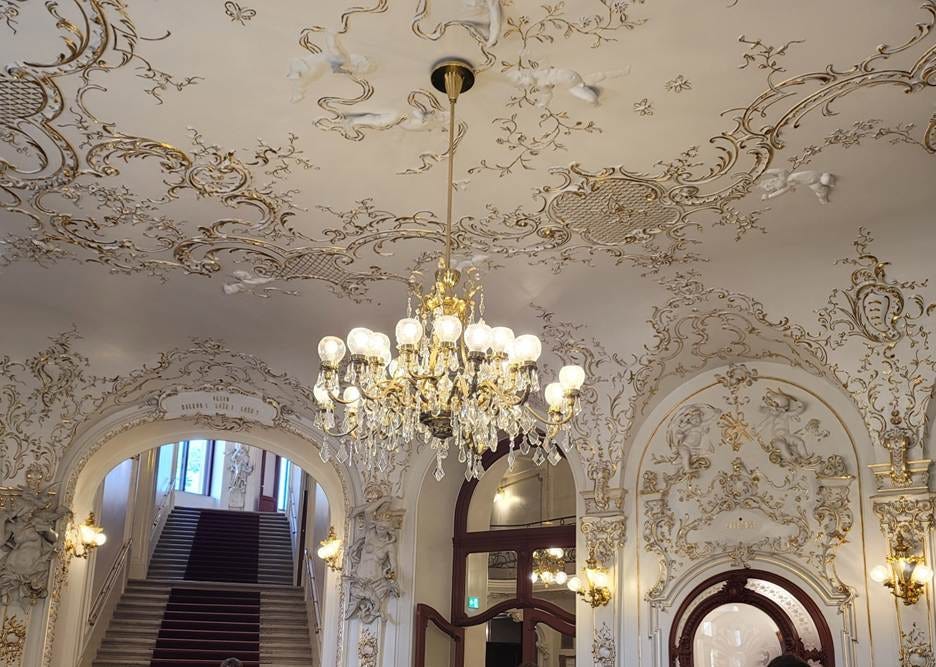
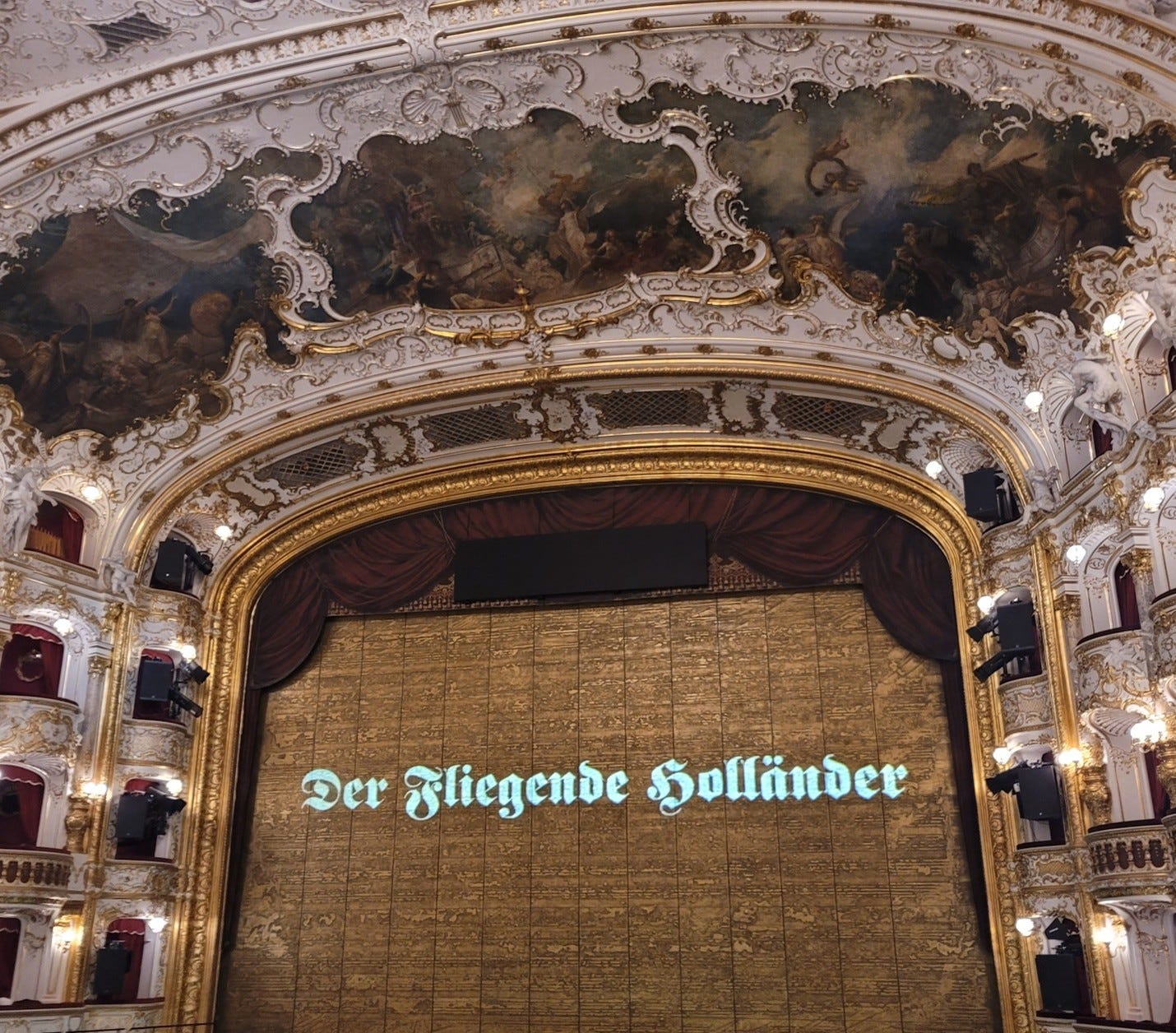
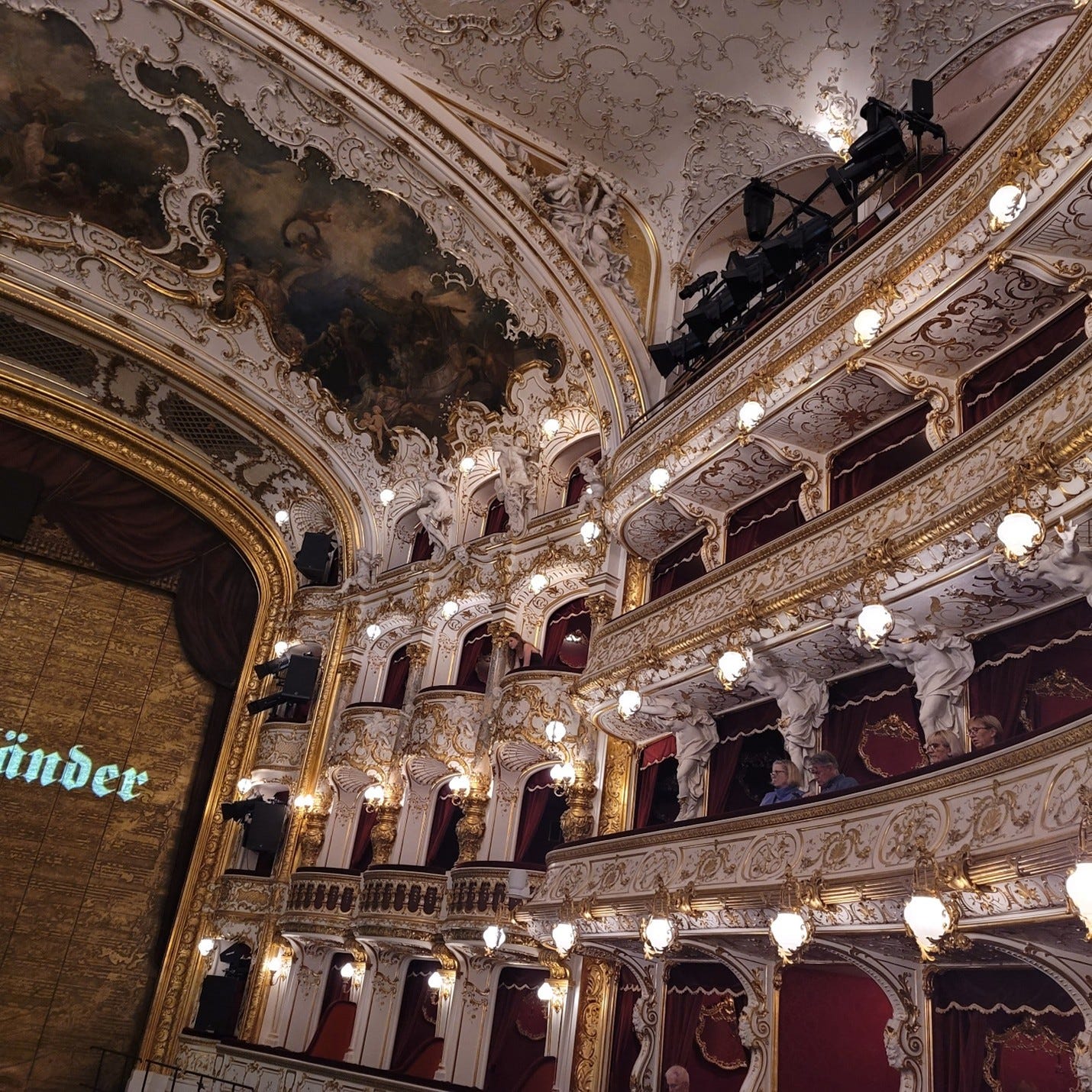
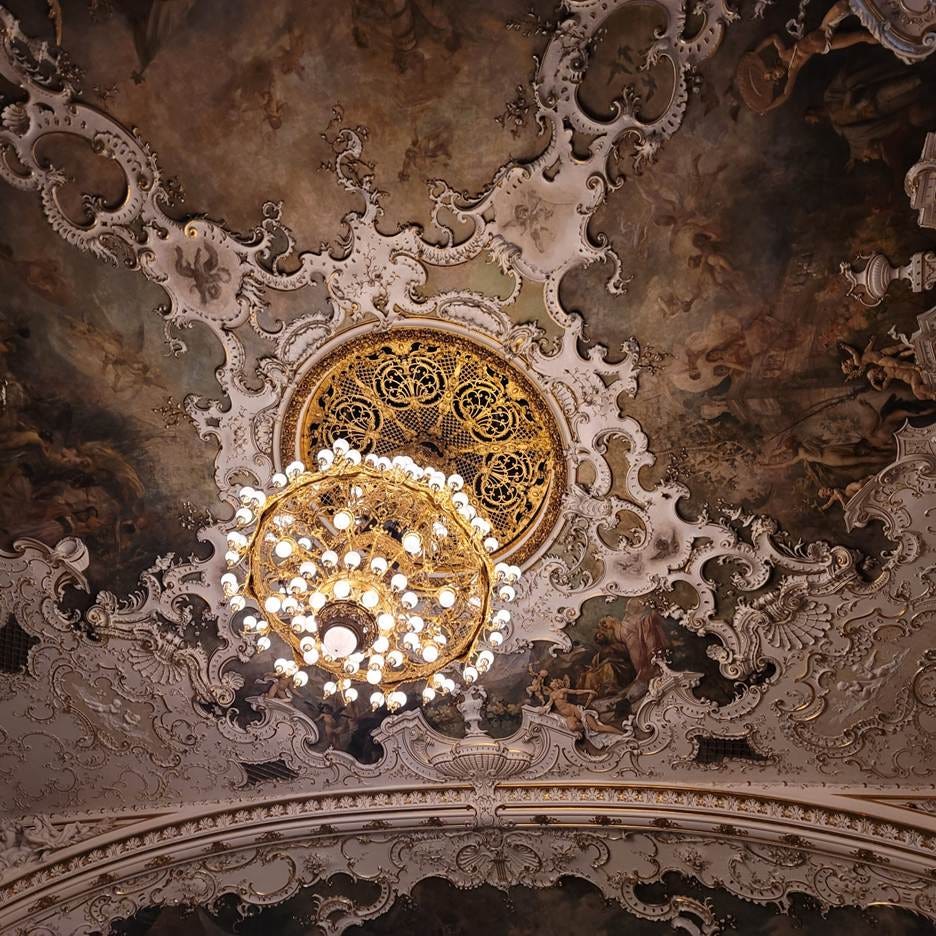
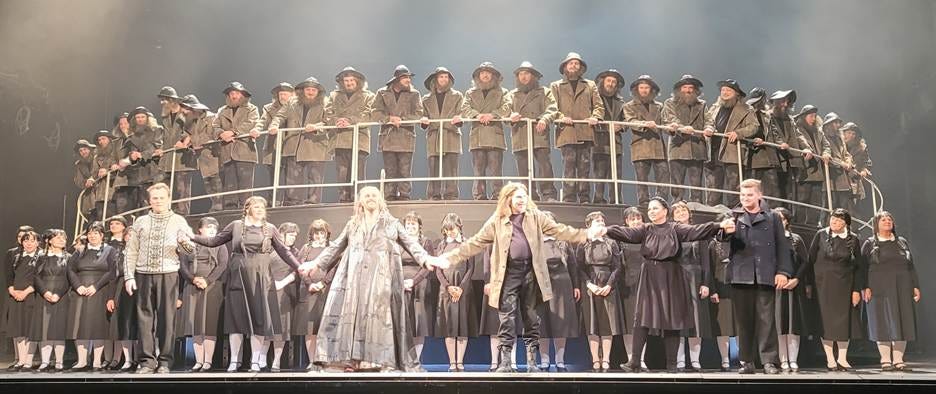
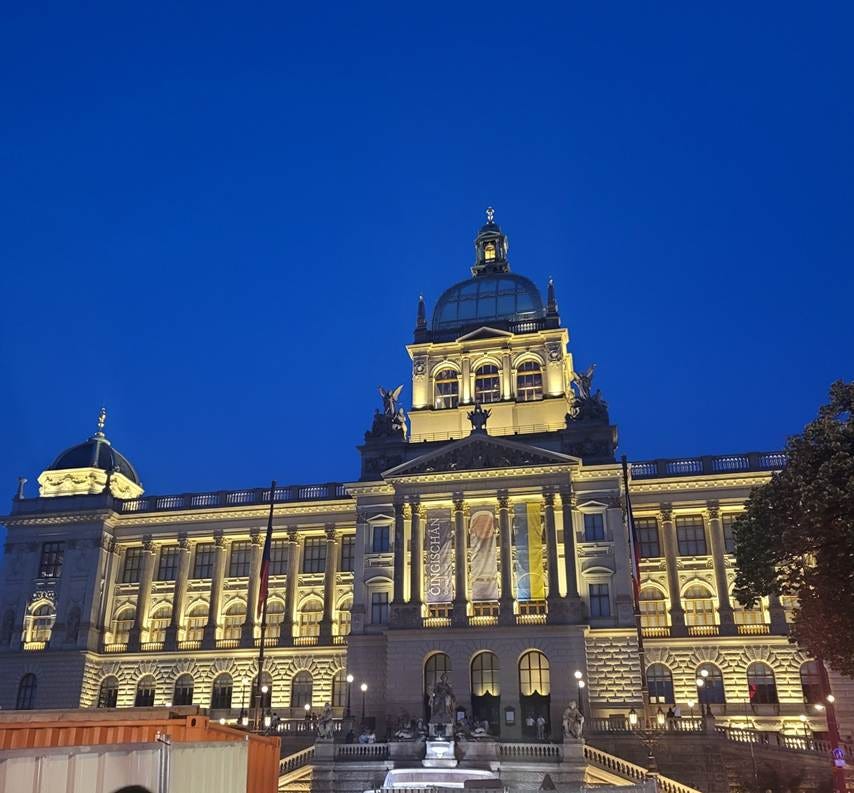
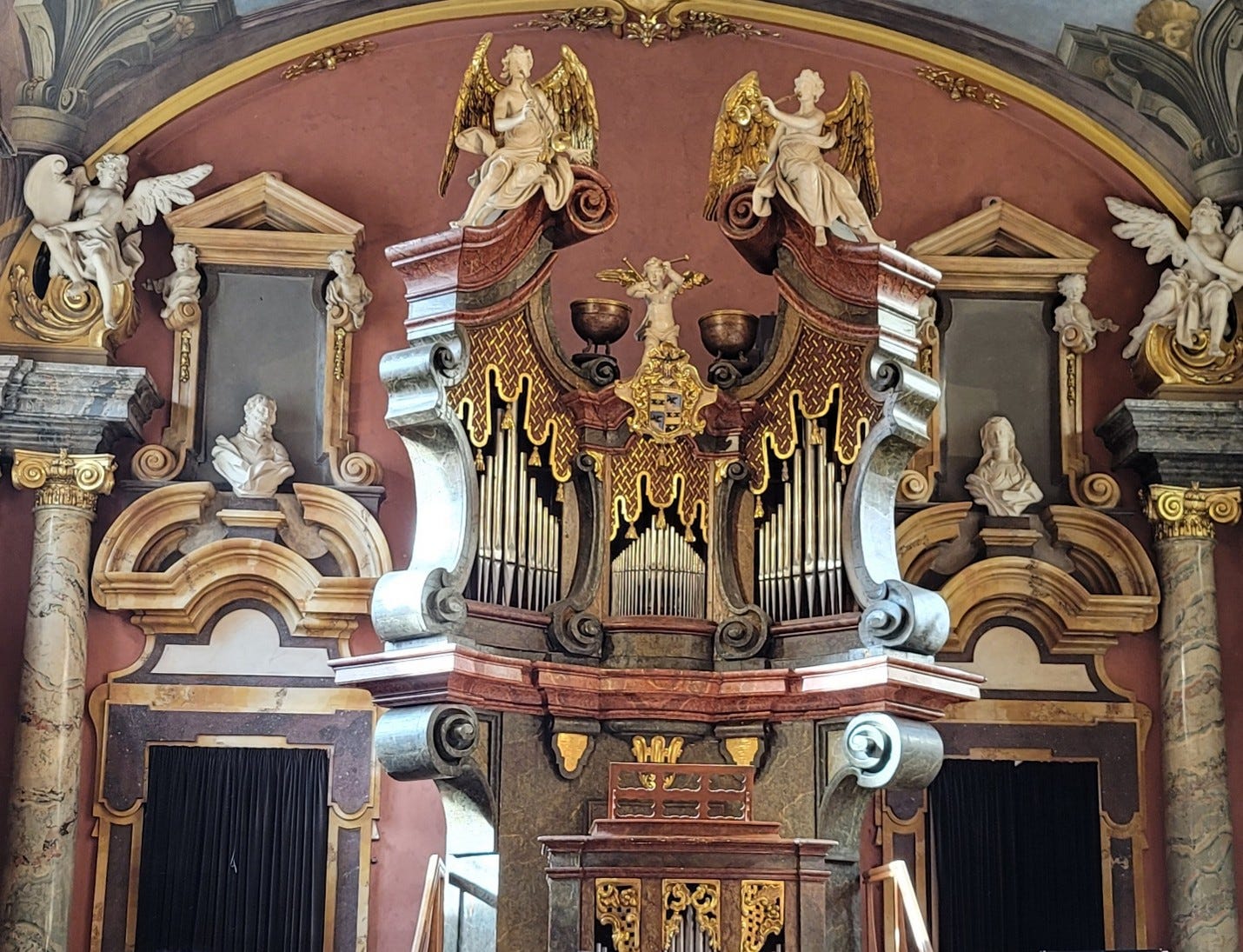
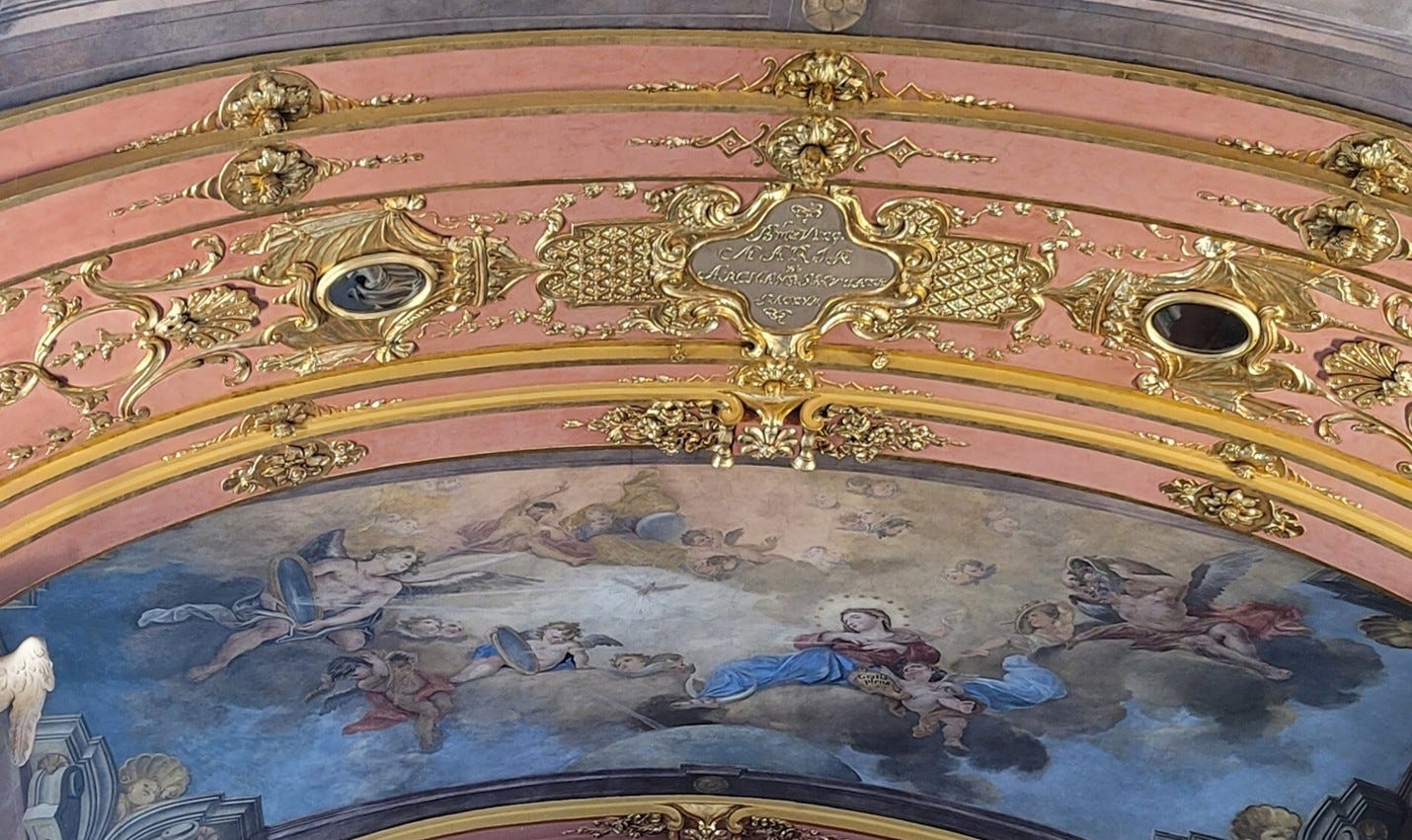
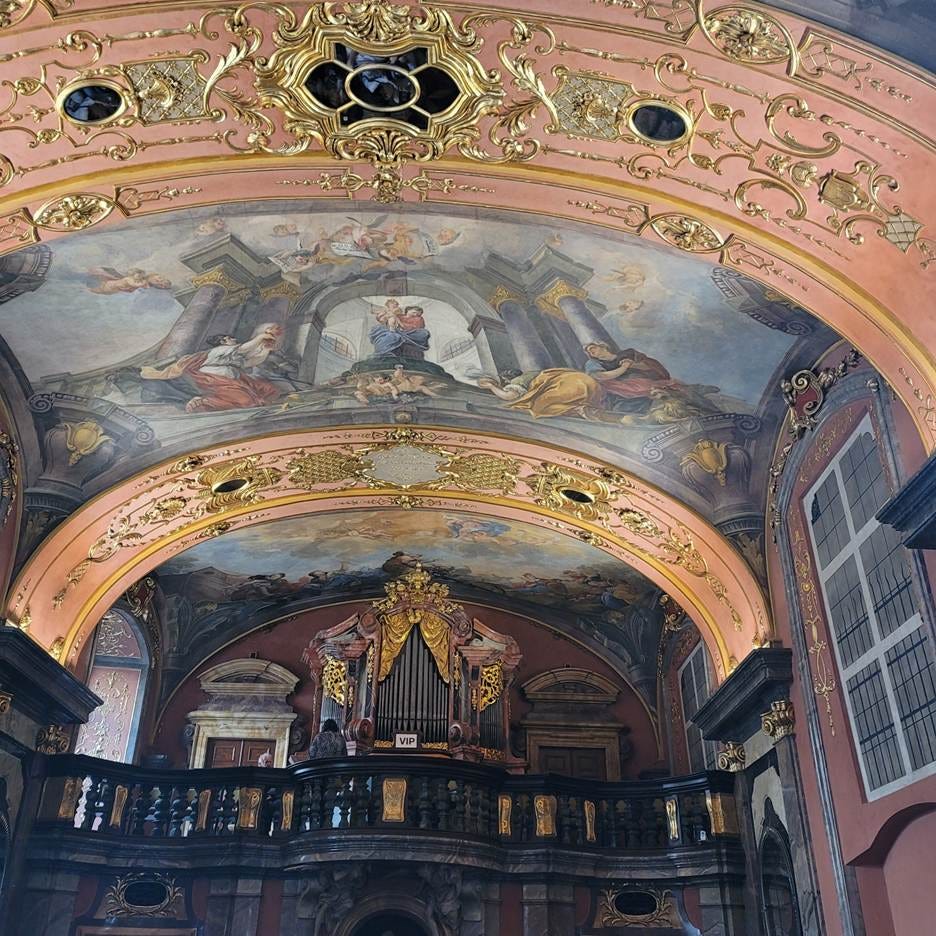
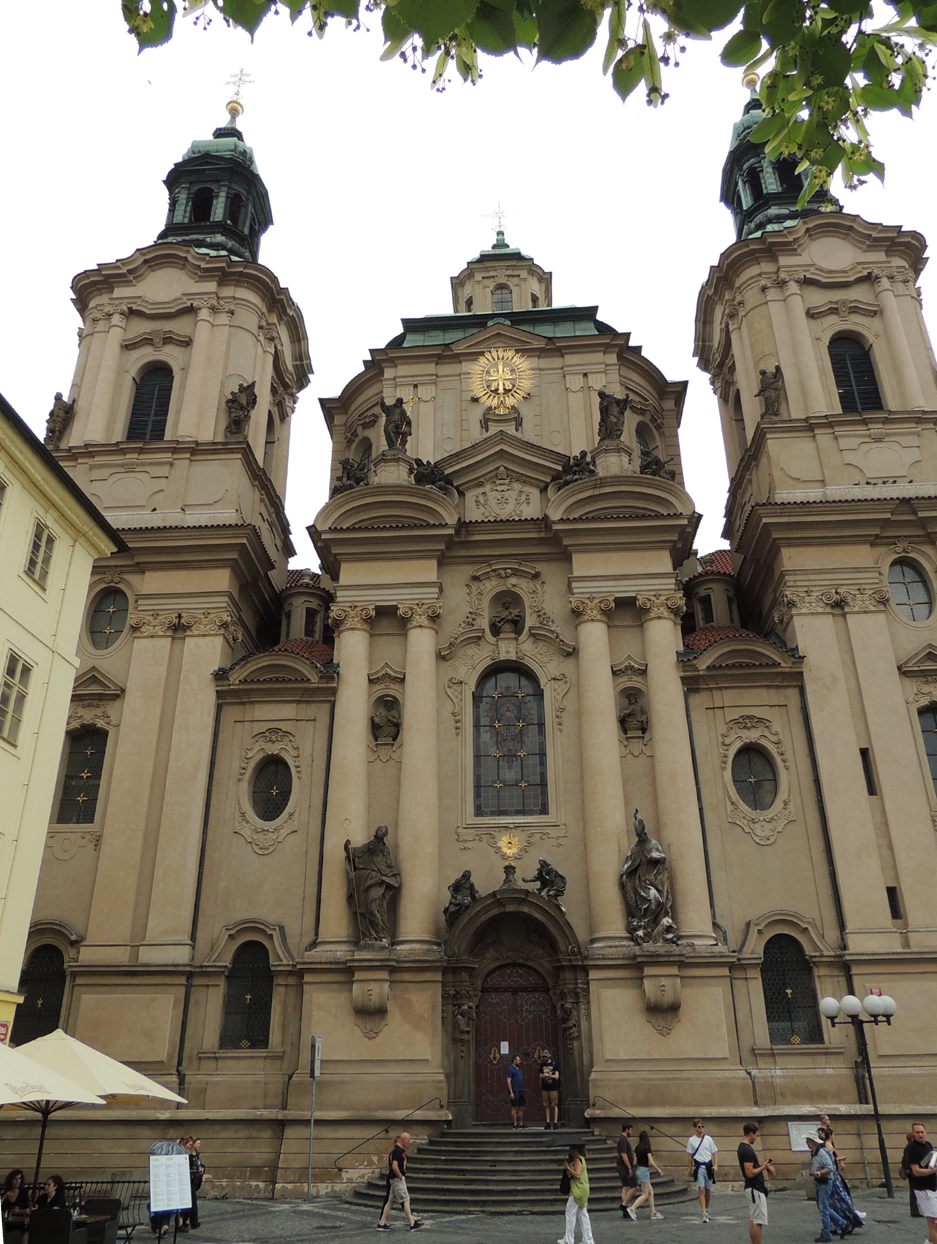
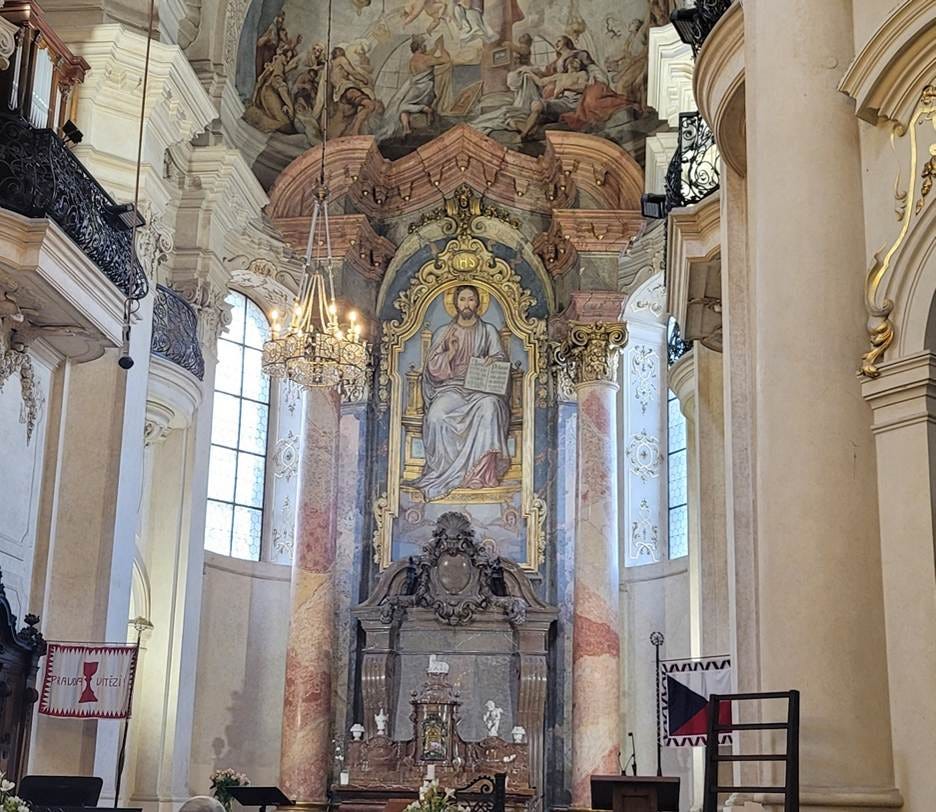
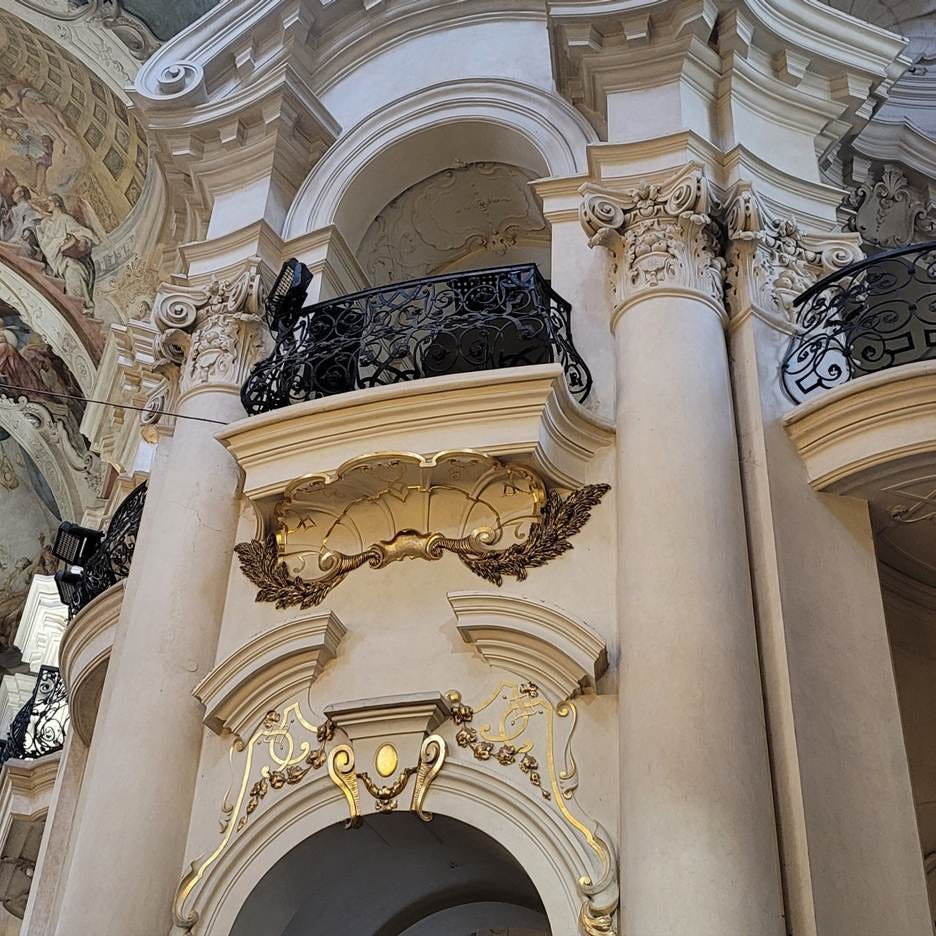
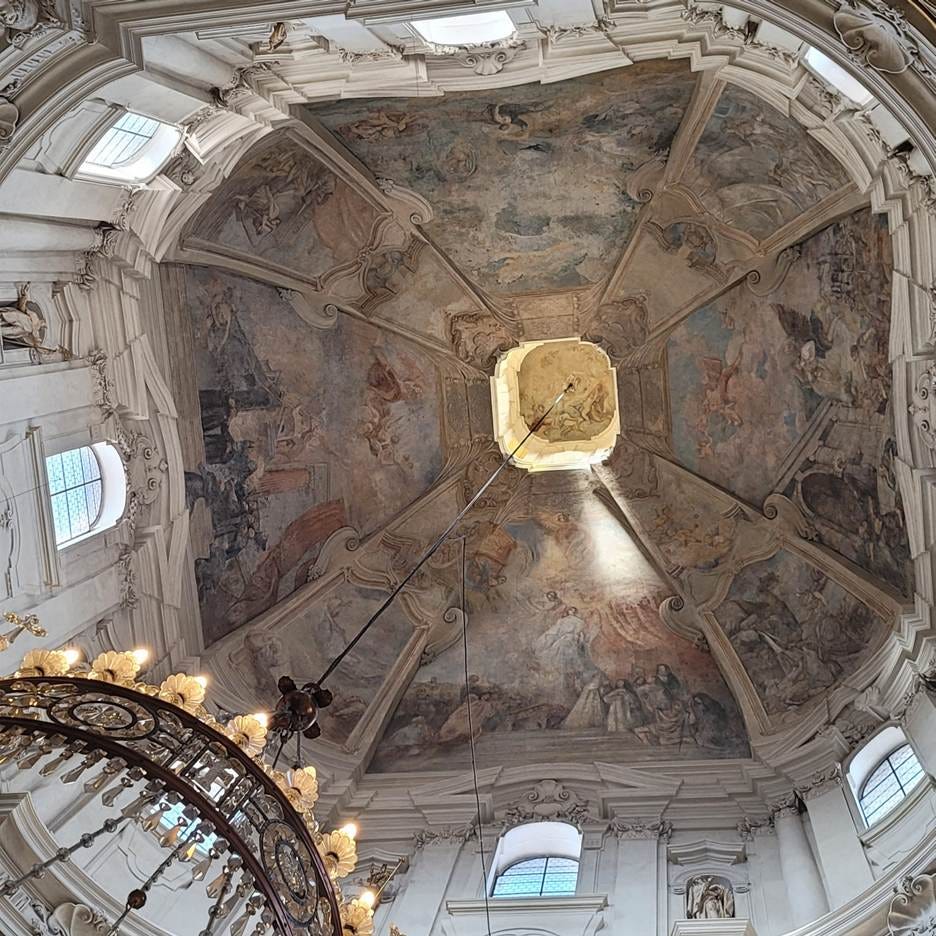
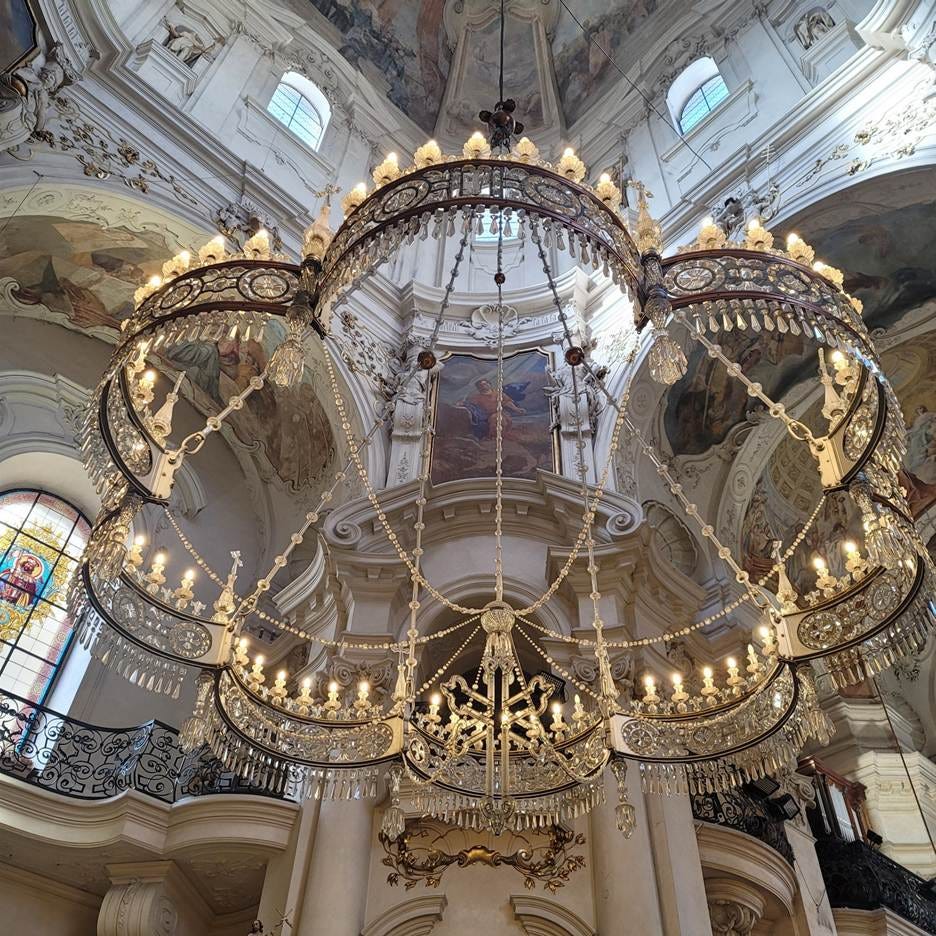
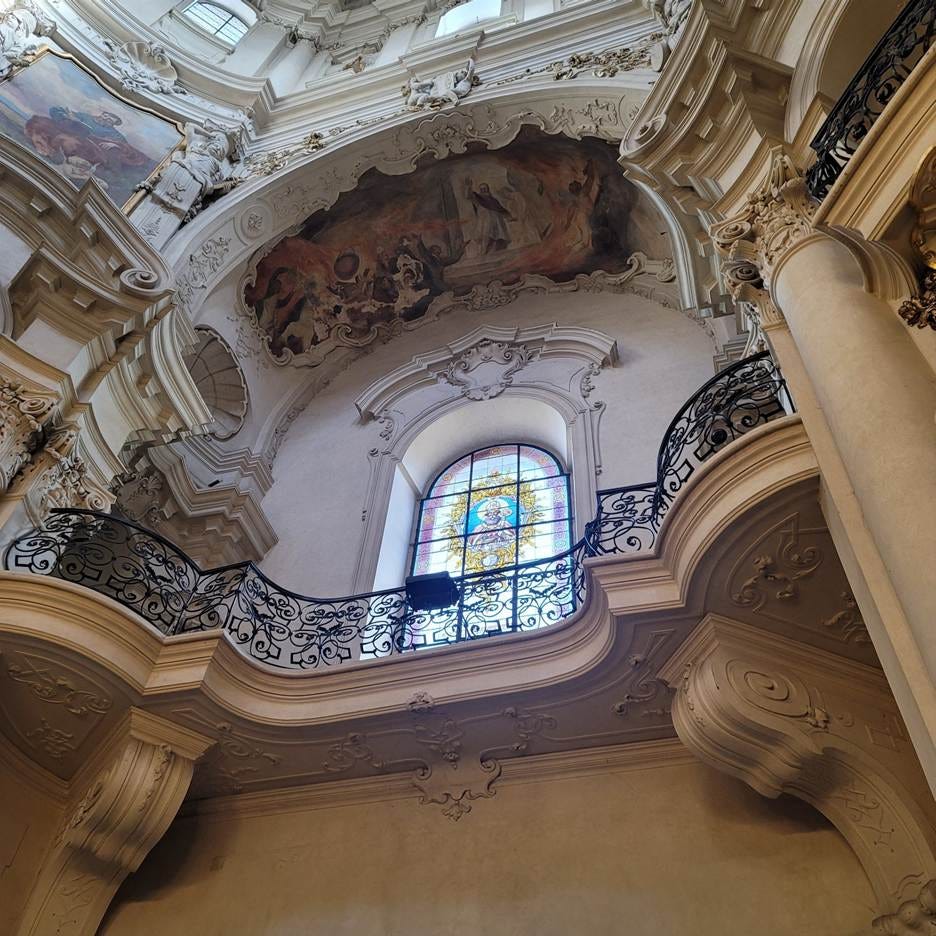
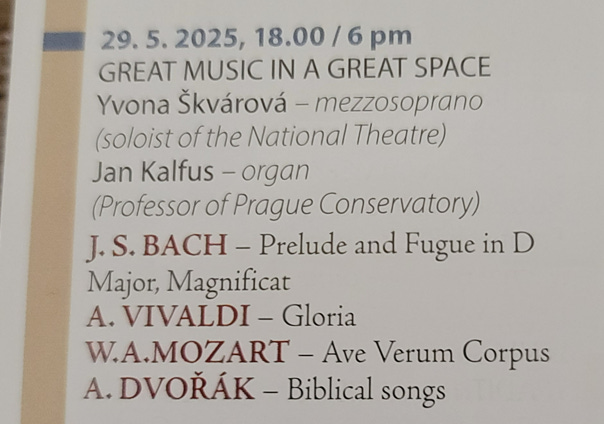
Me toooo! https://millerandybeth.substack.com/p/a-love-letter-to-prague
Another great blog thanks. You've completely sold me on Český Krumlov, just hope they have music in the town square when we get there.